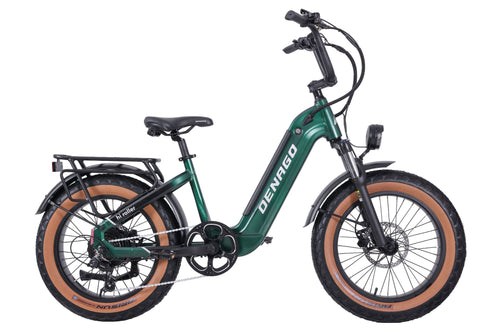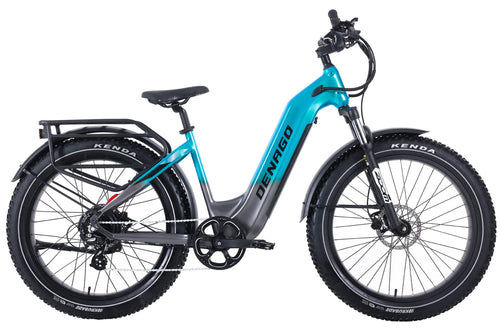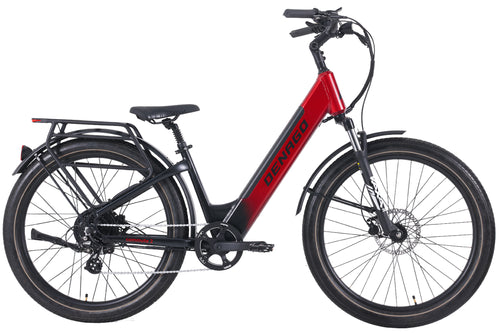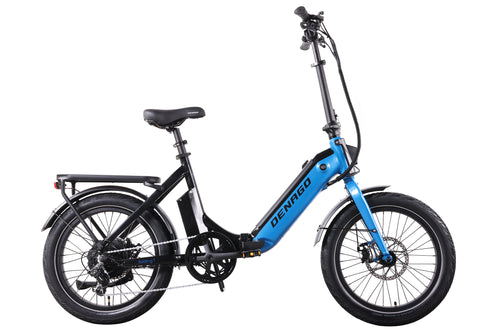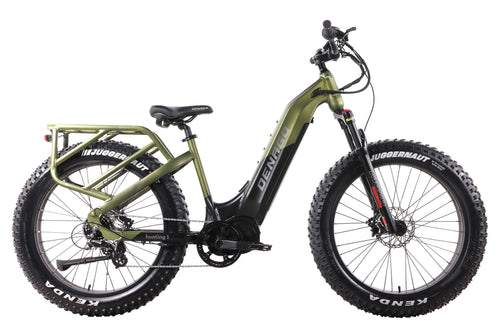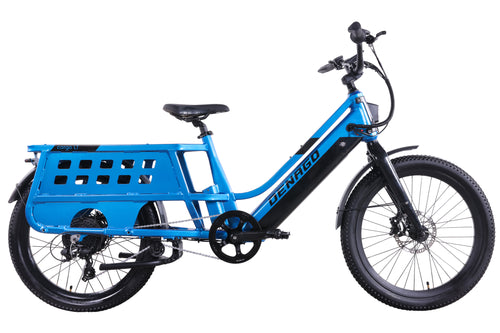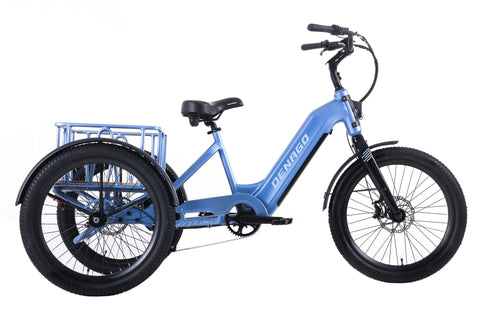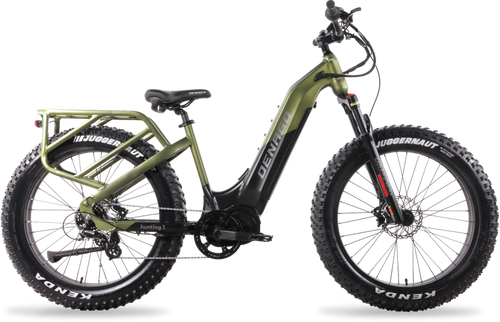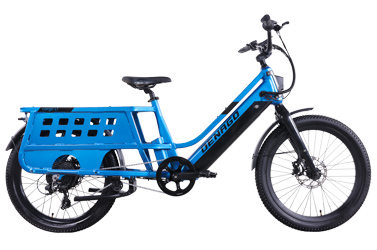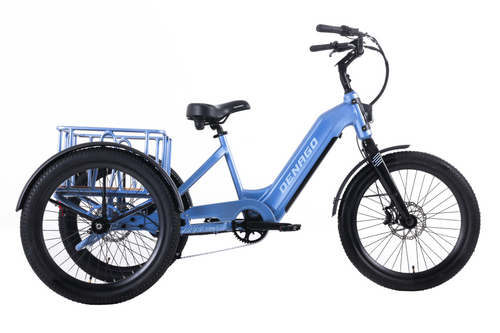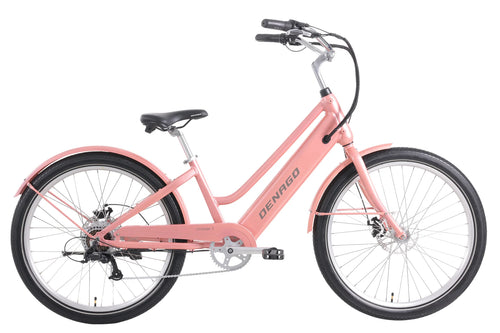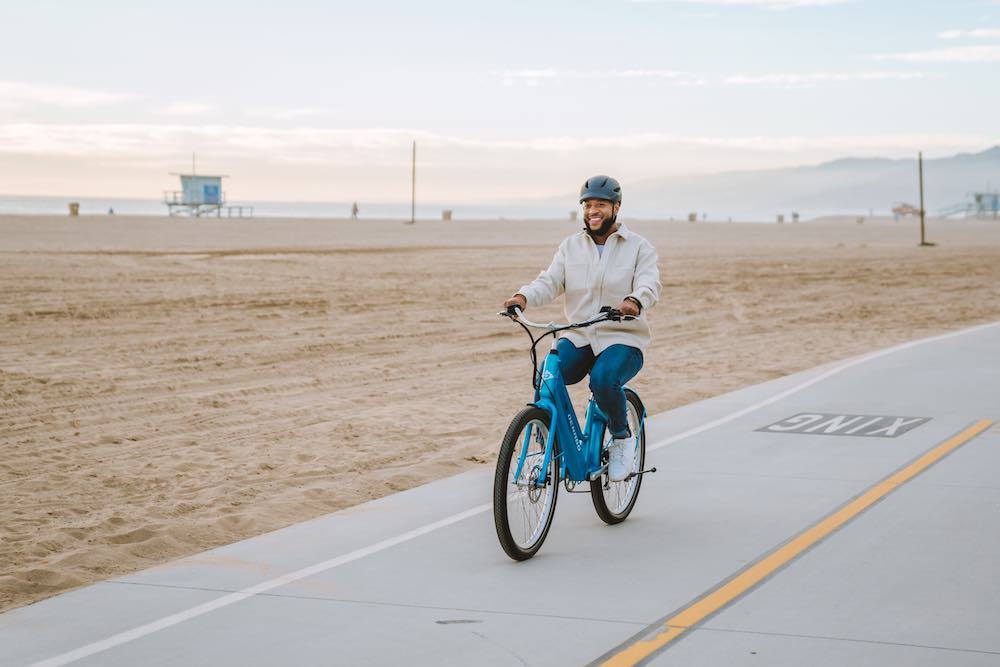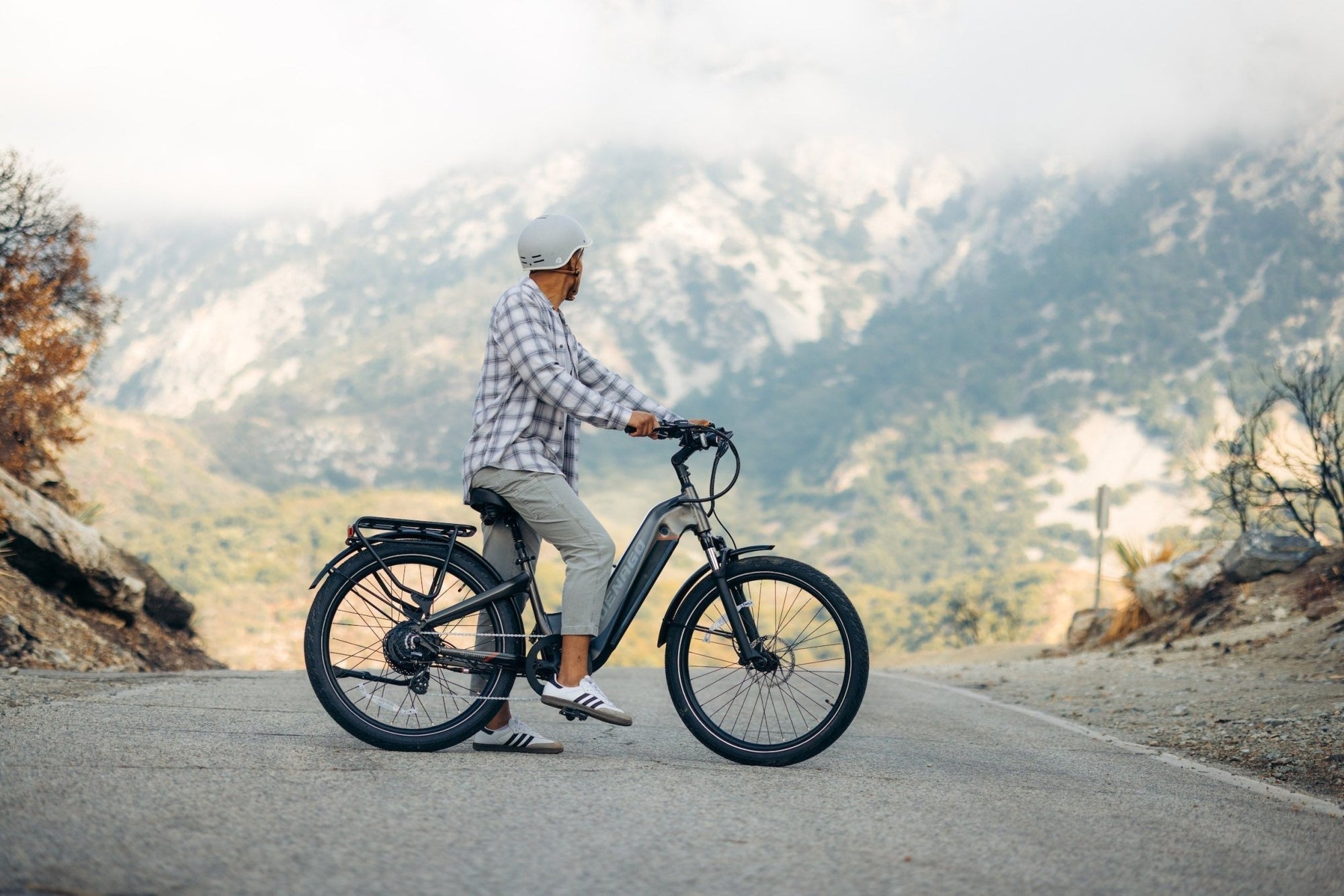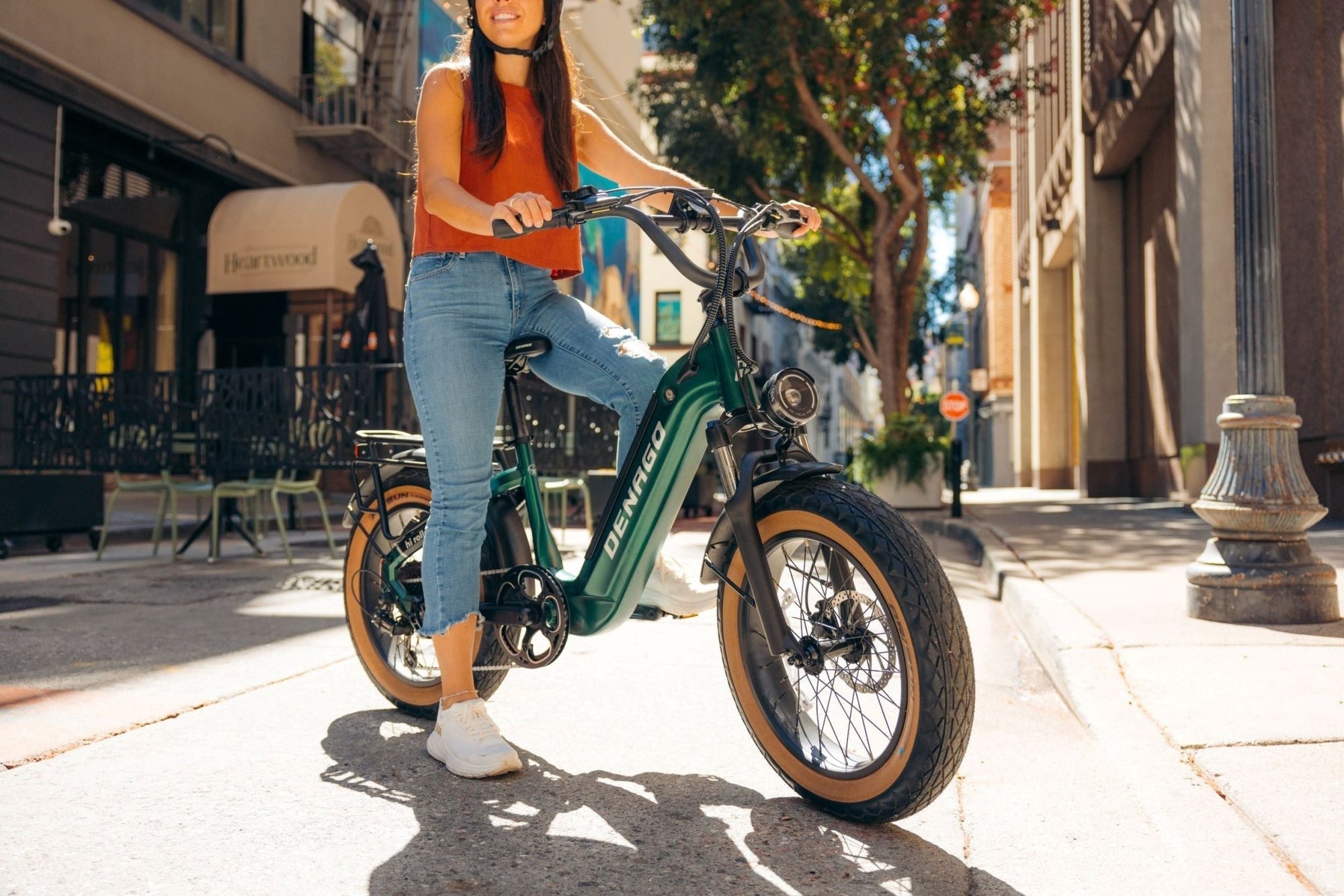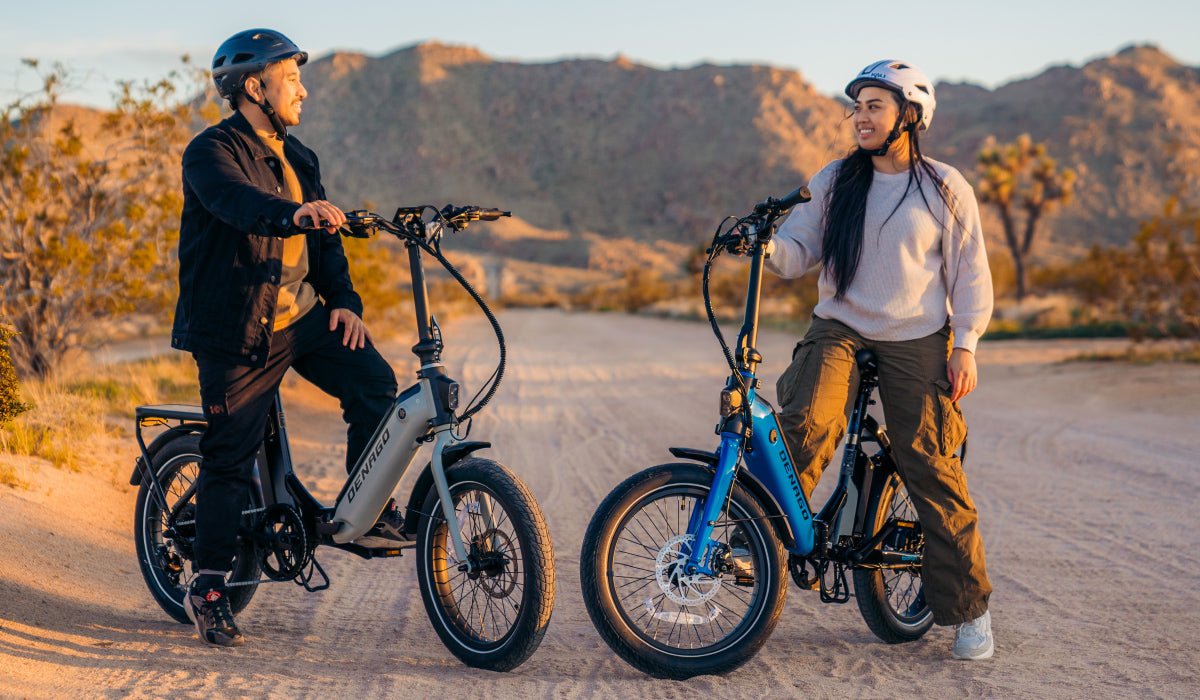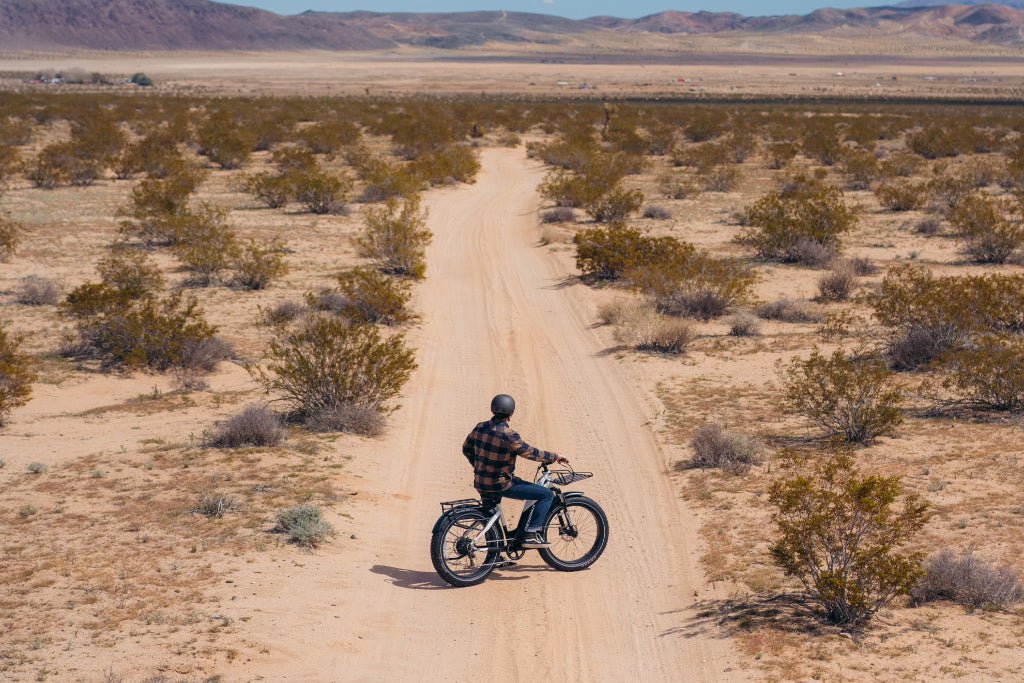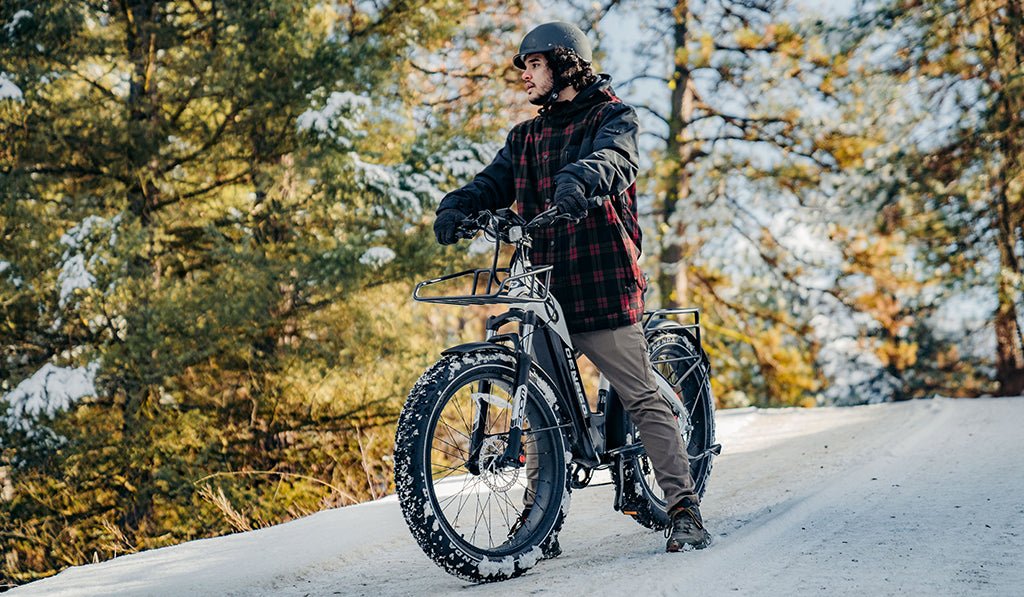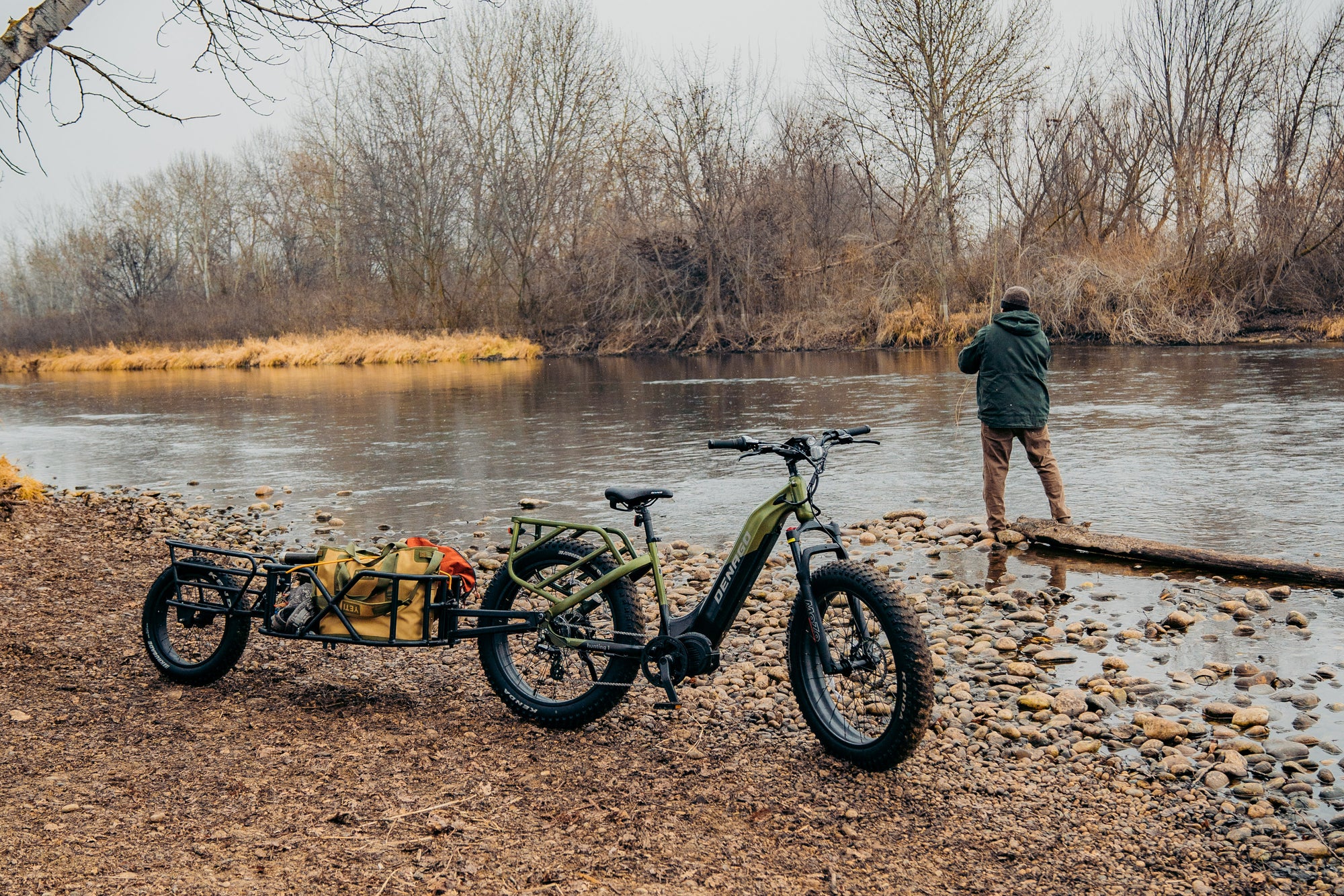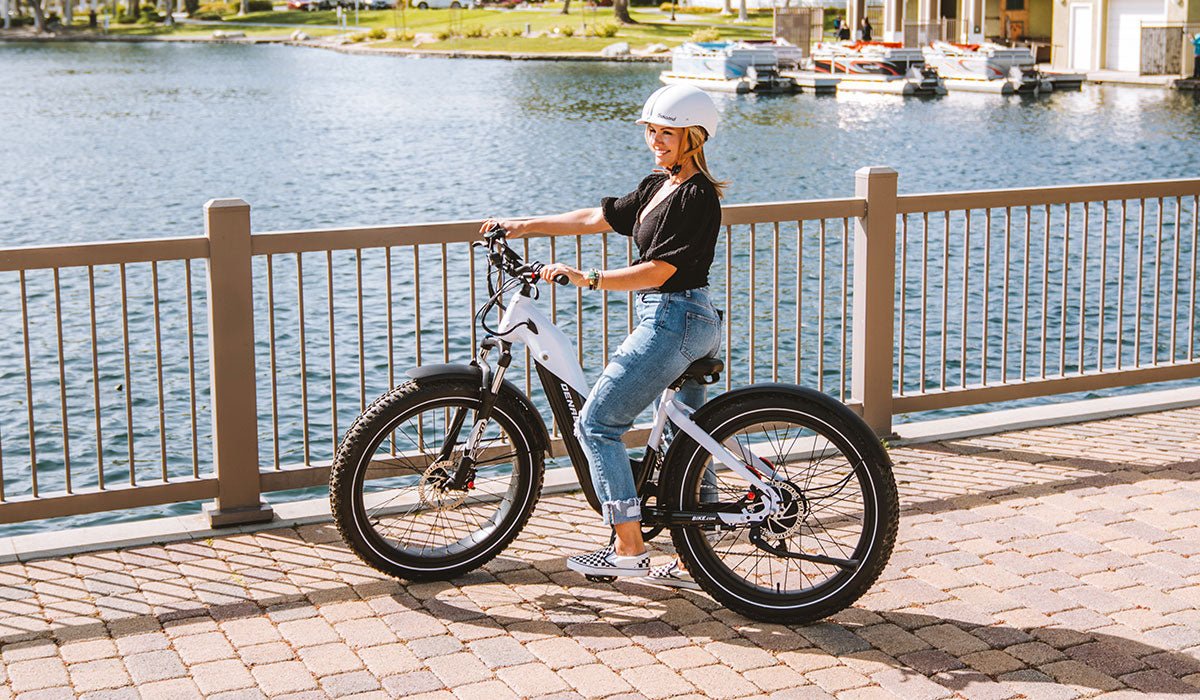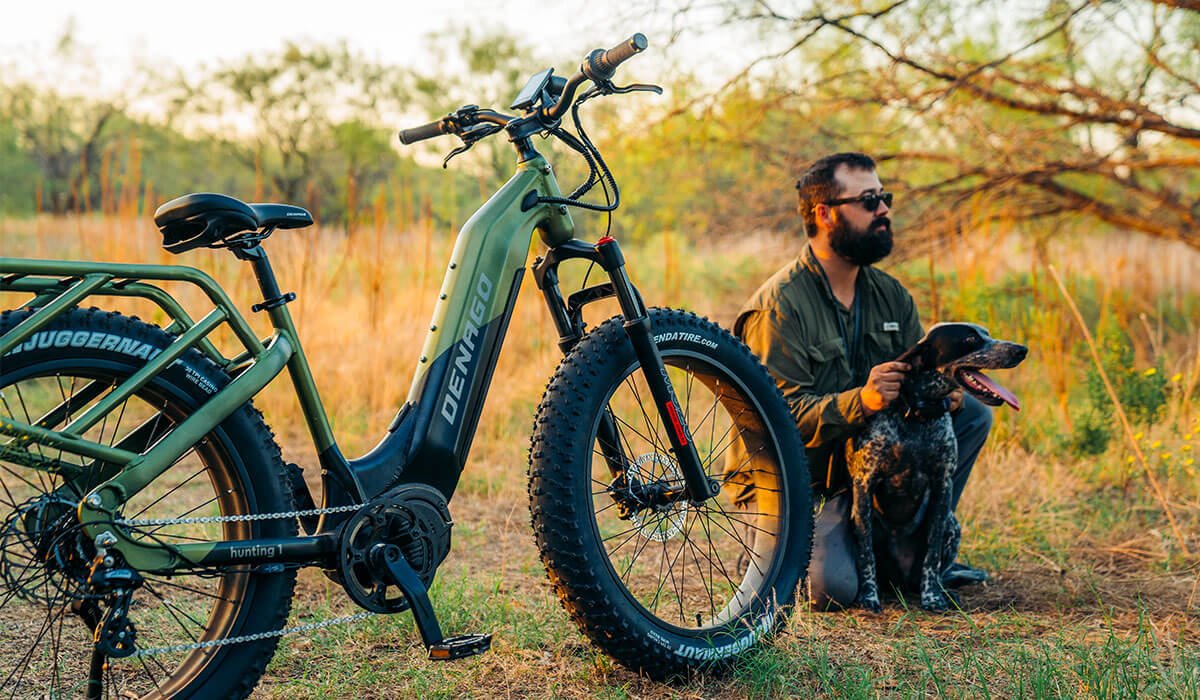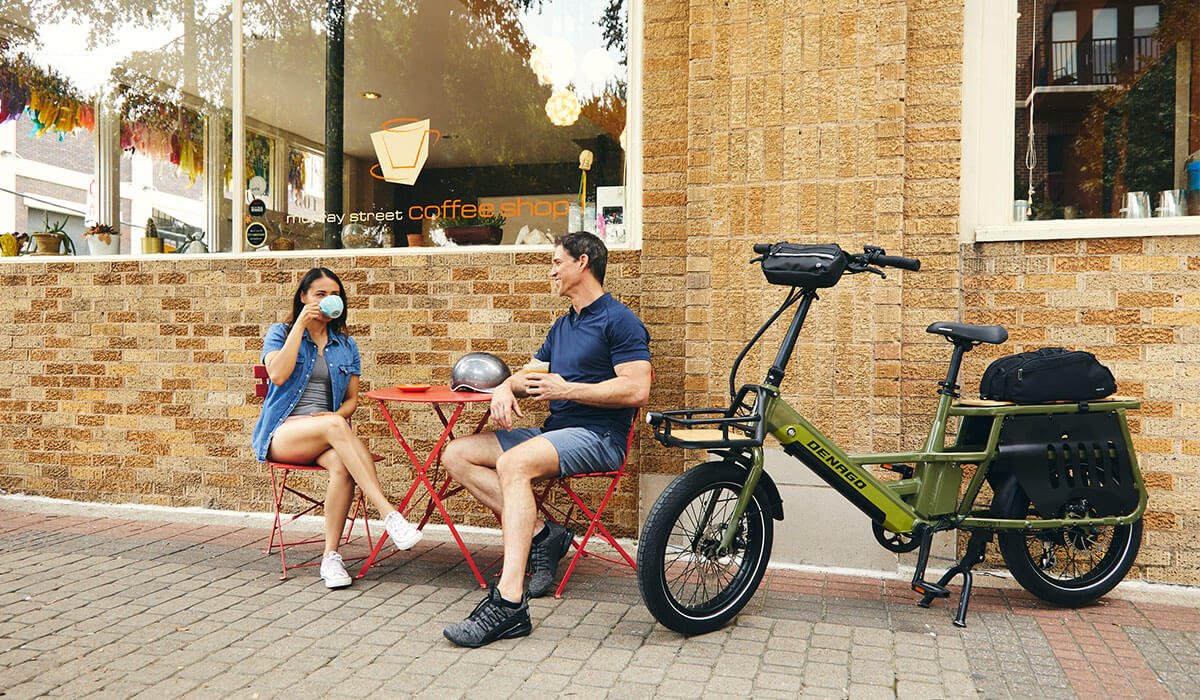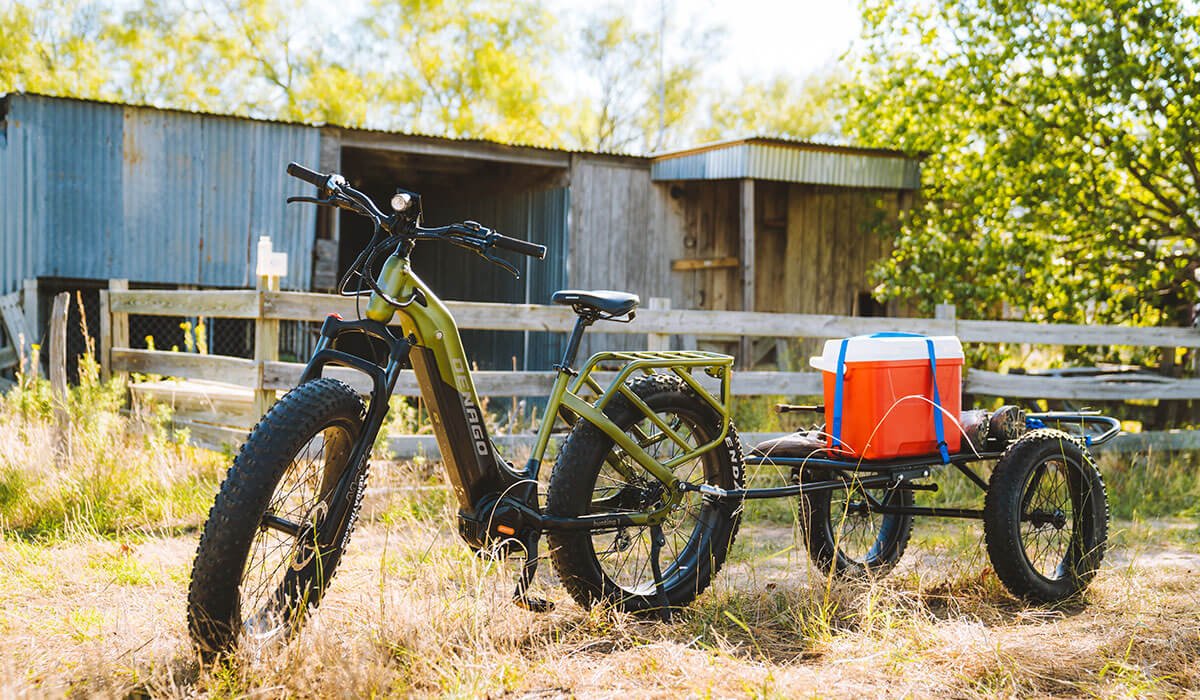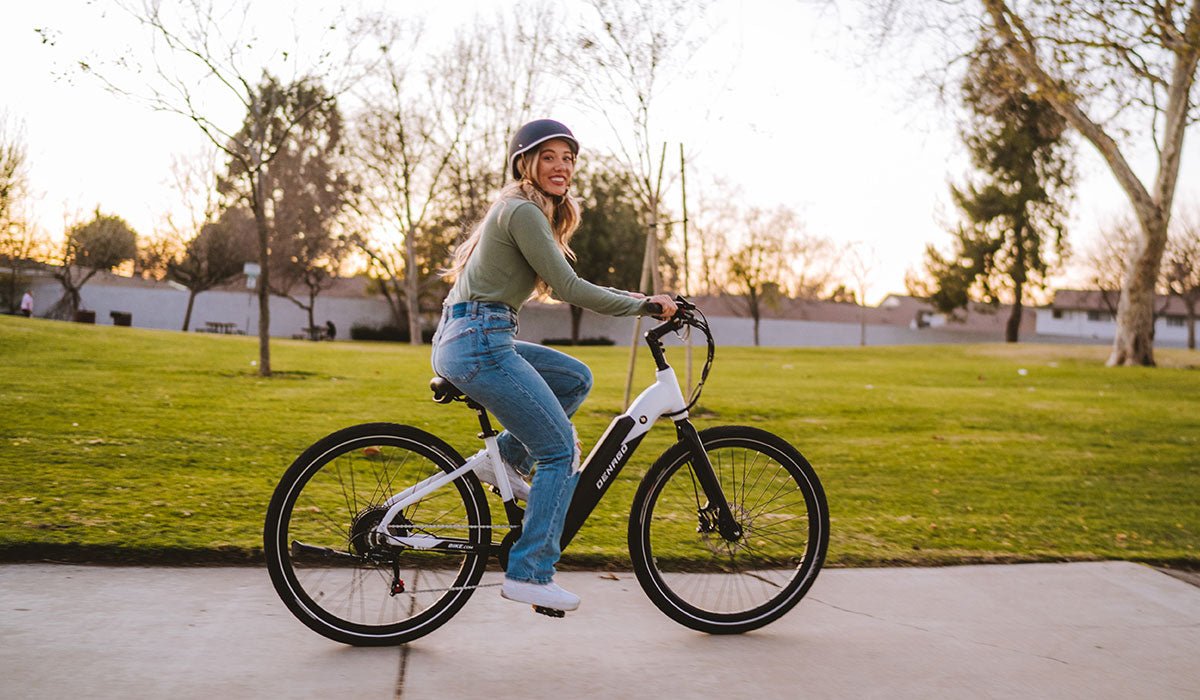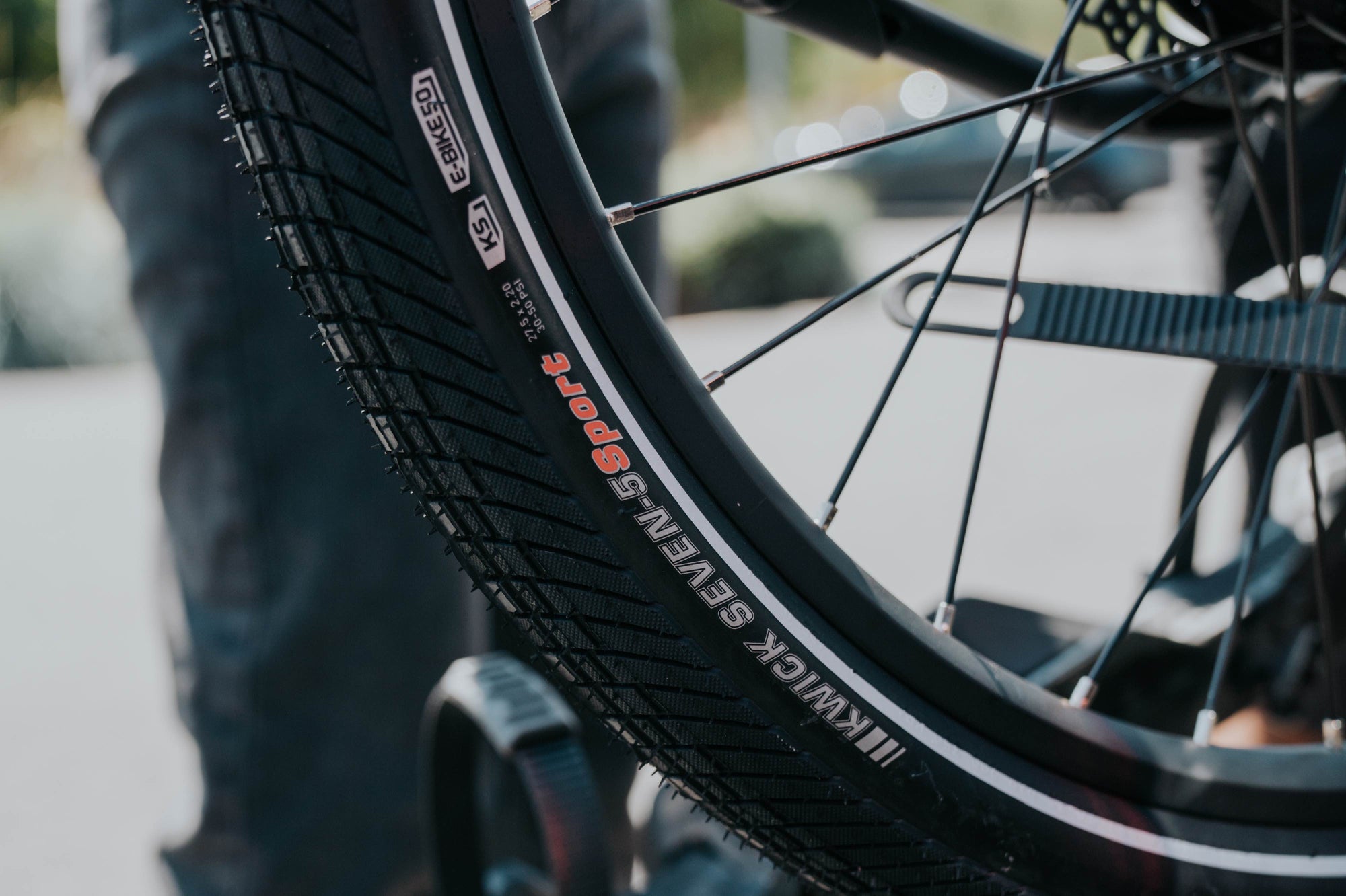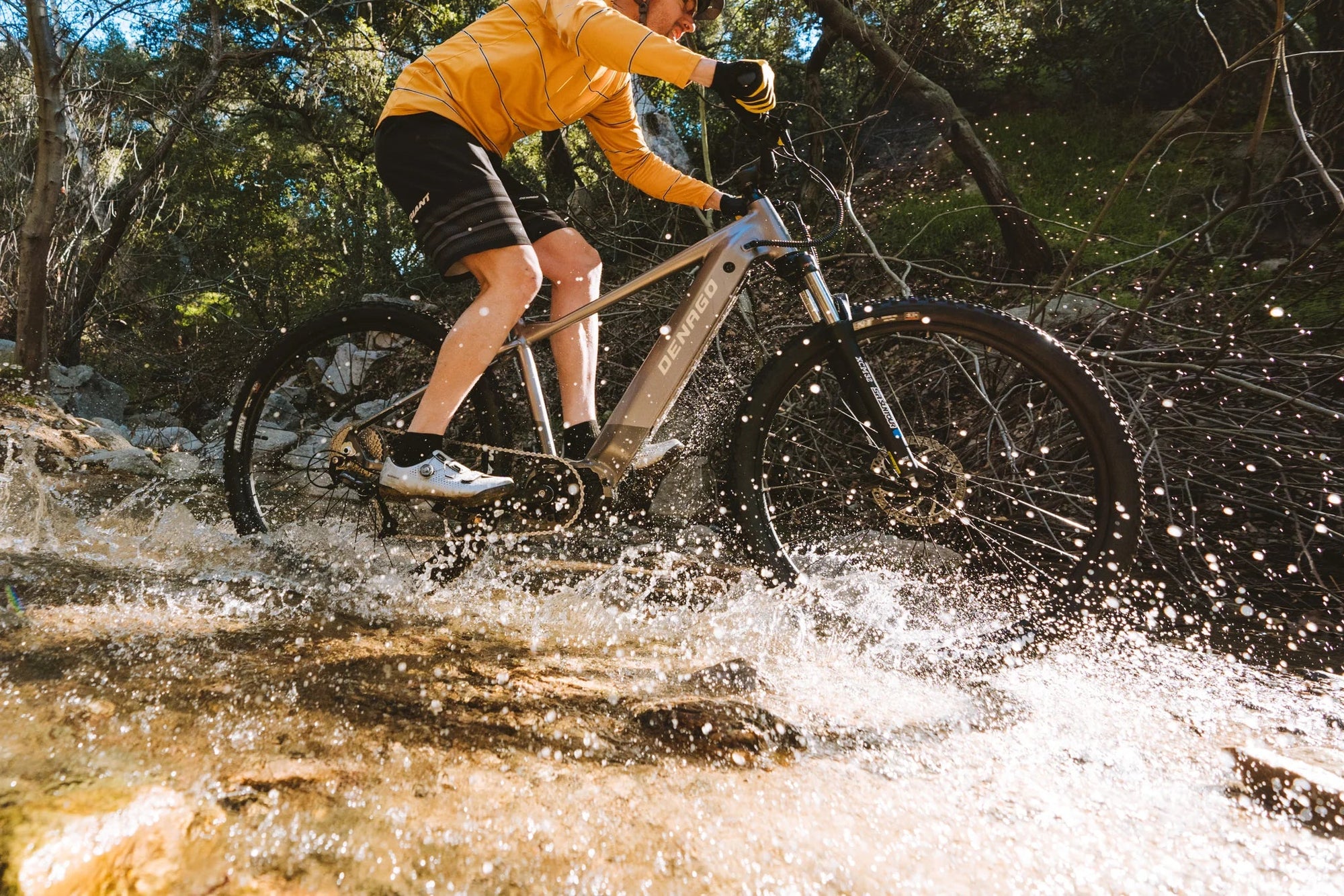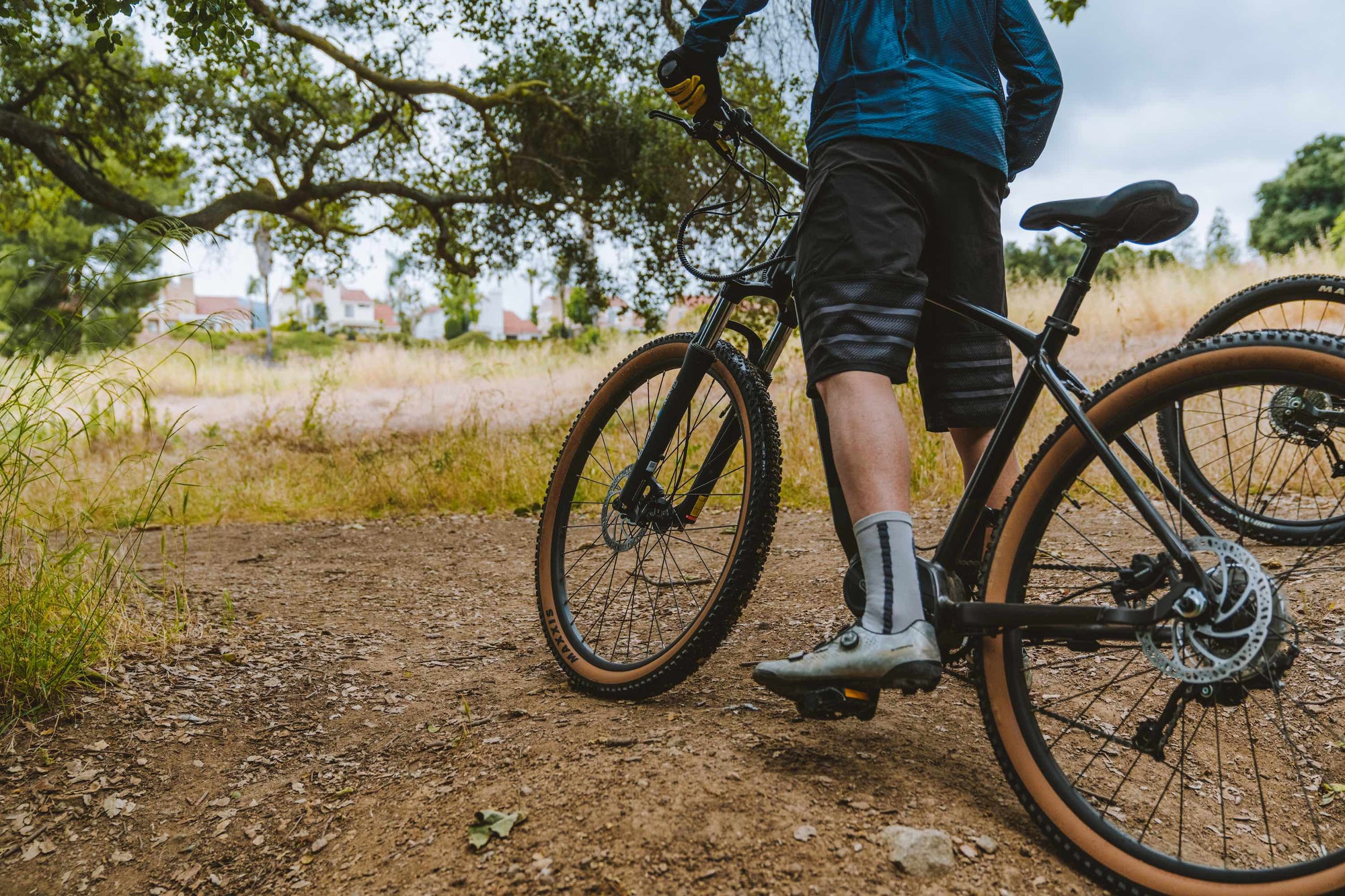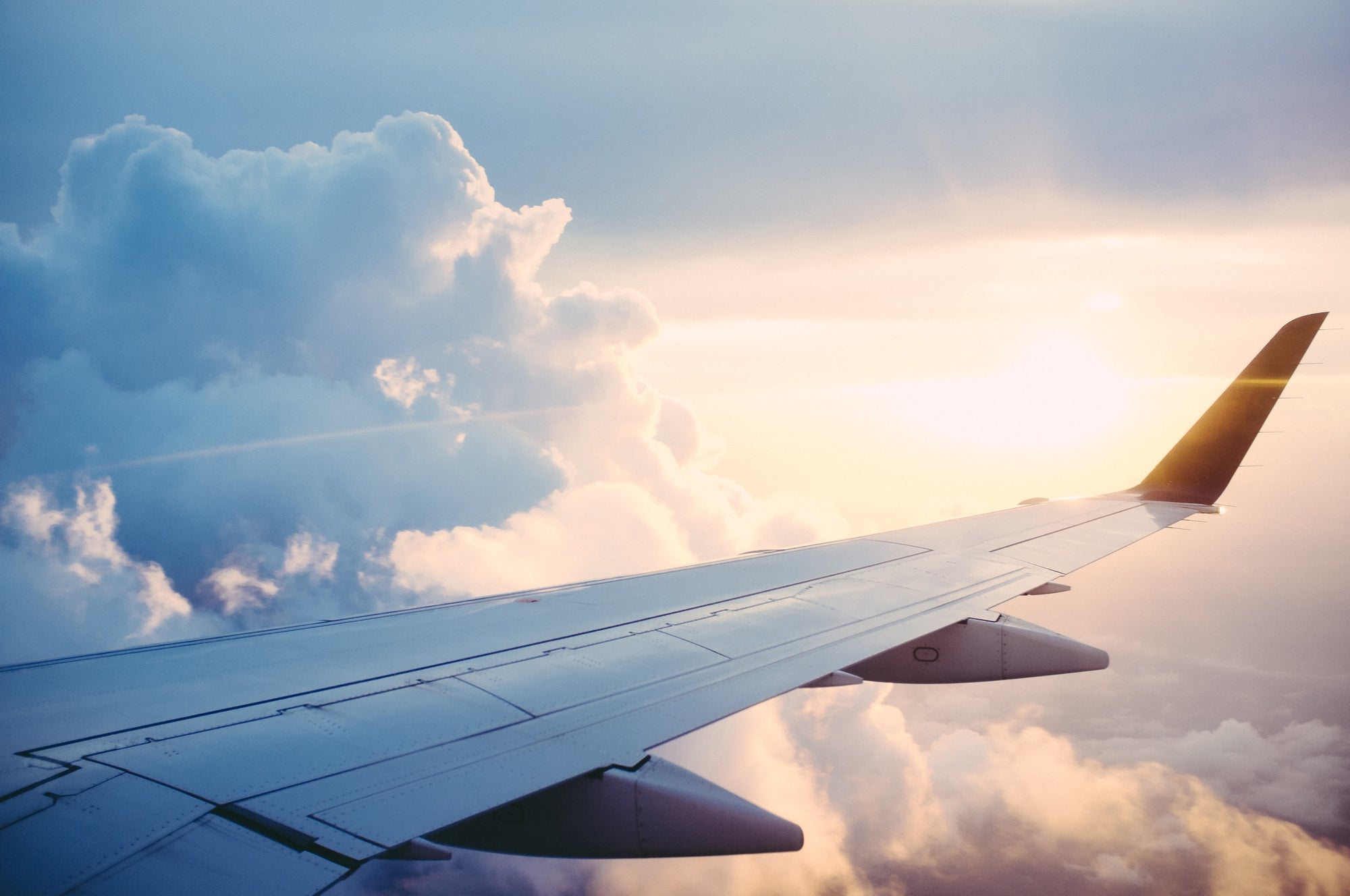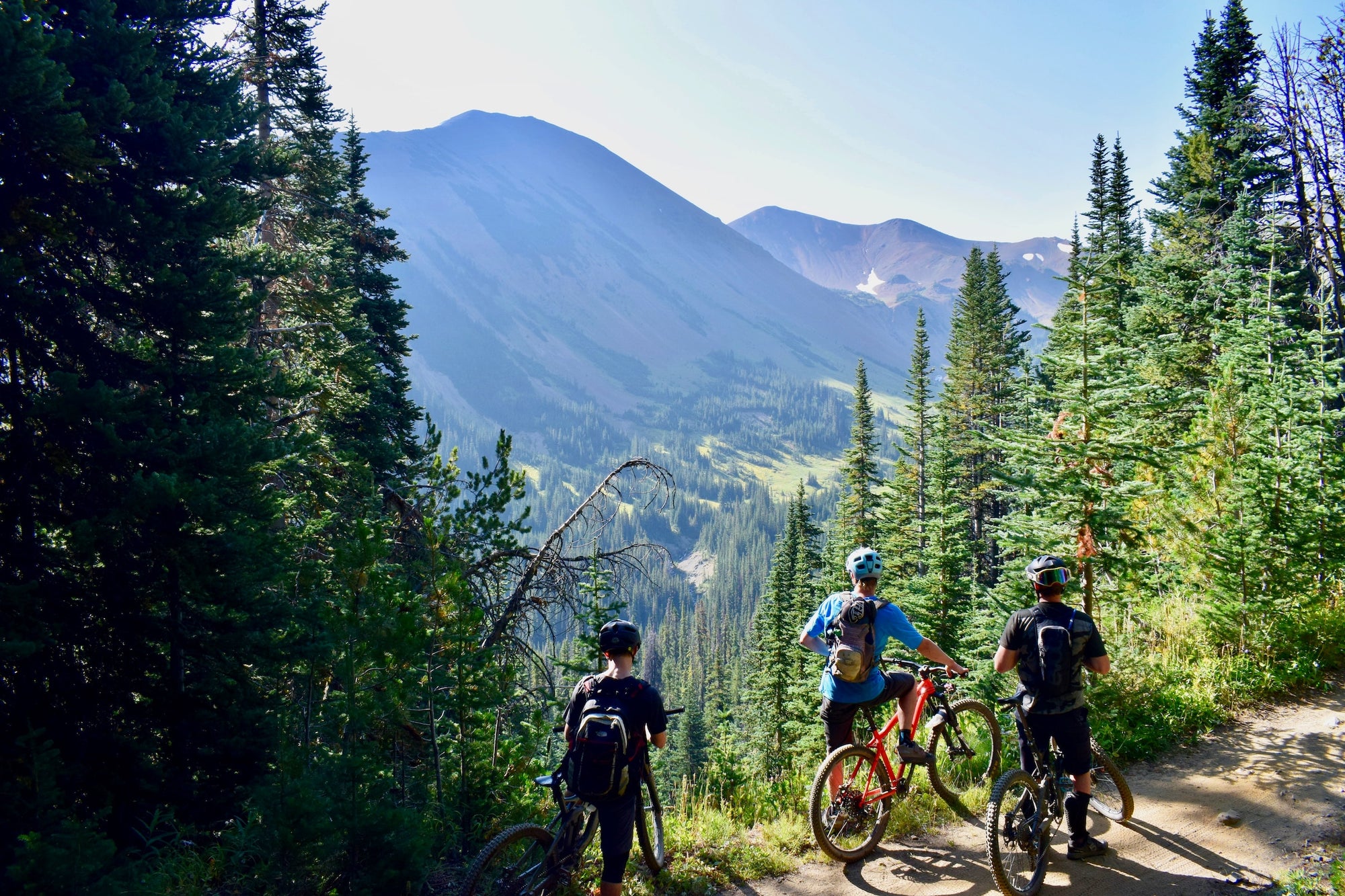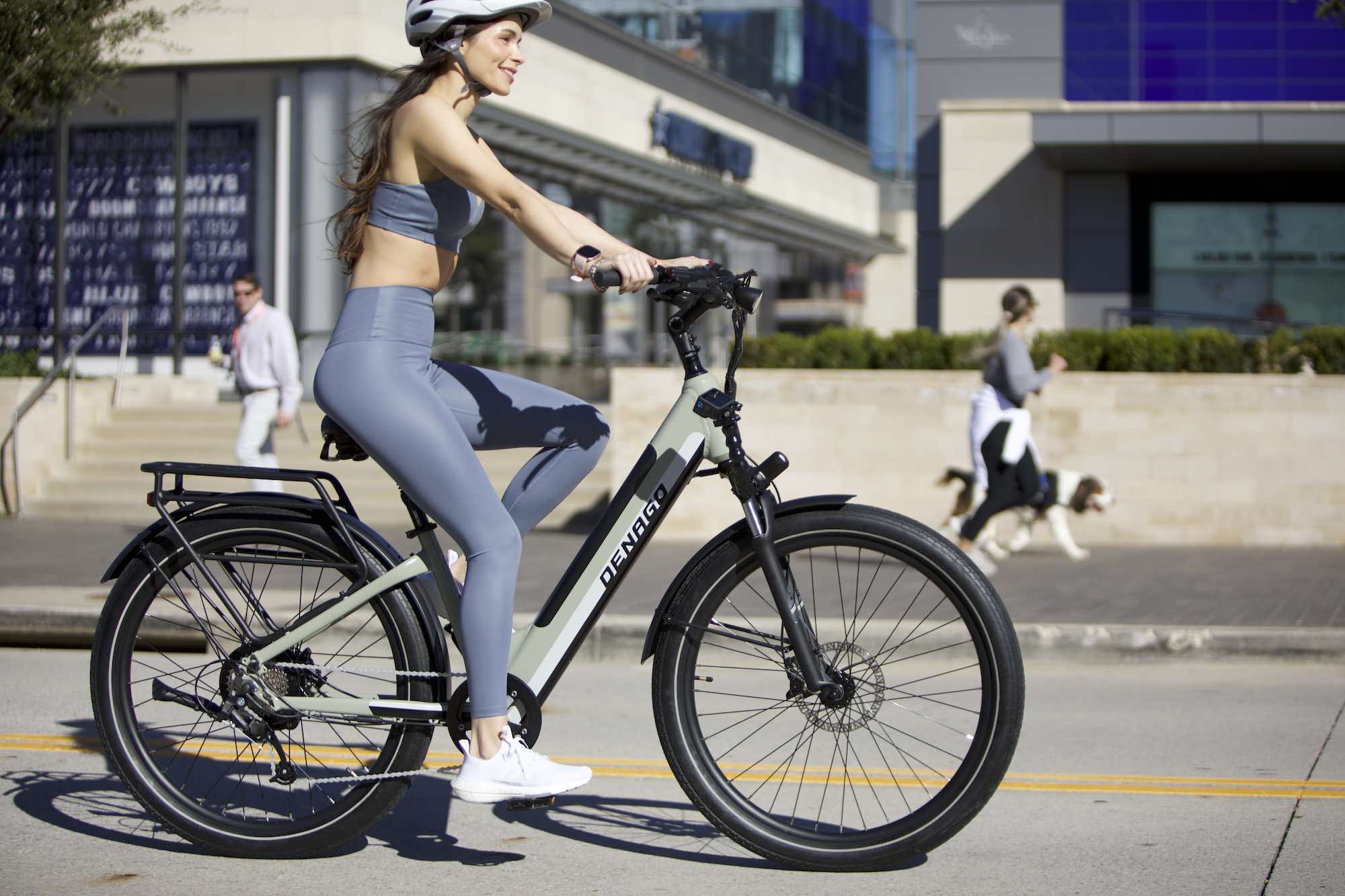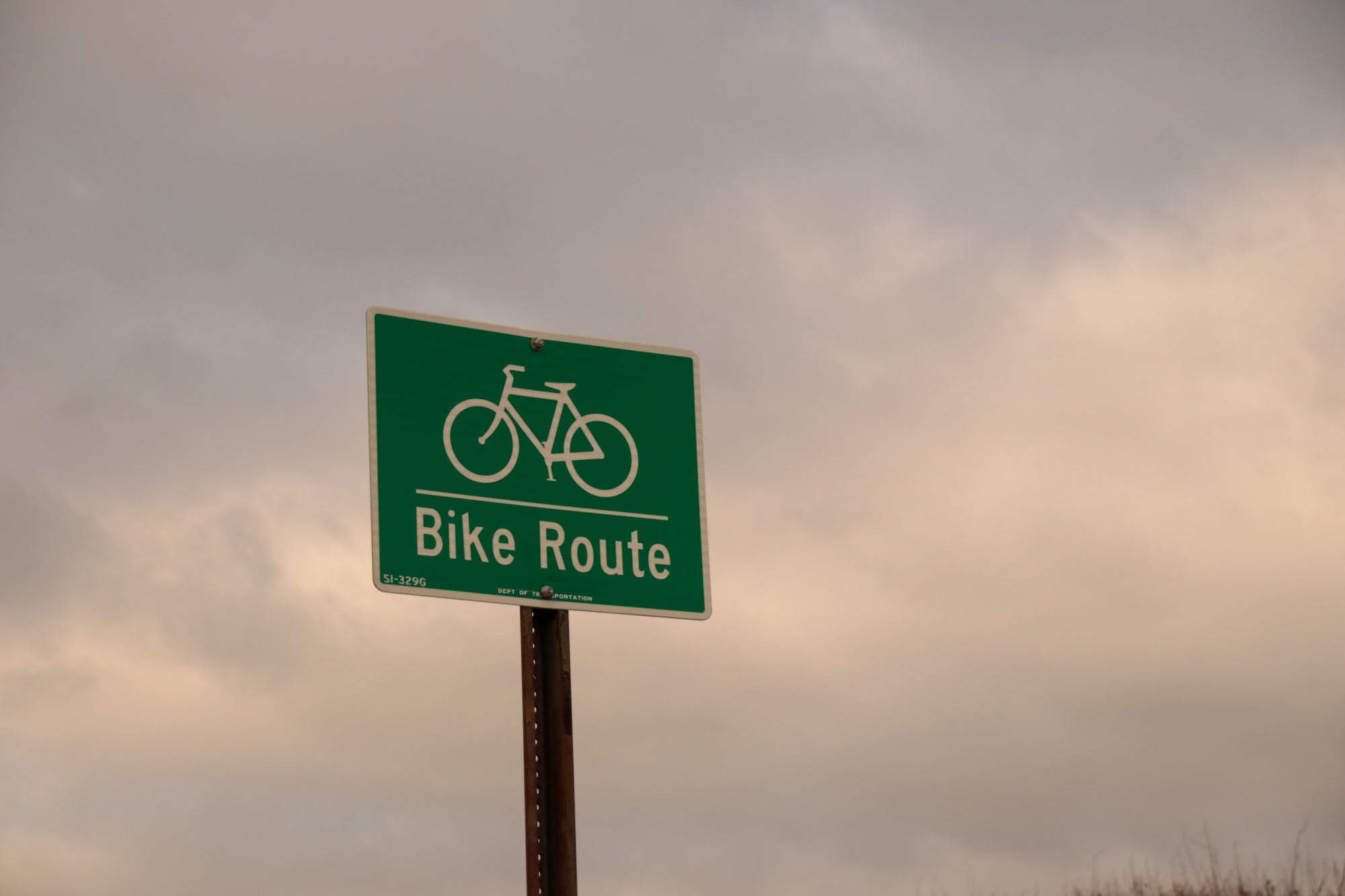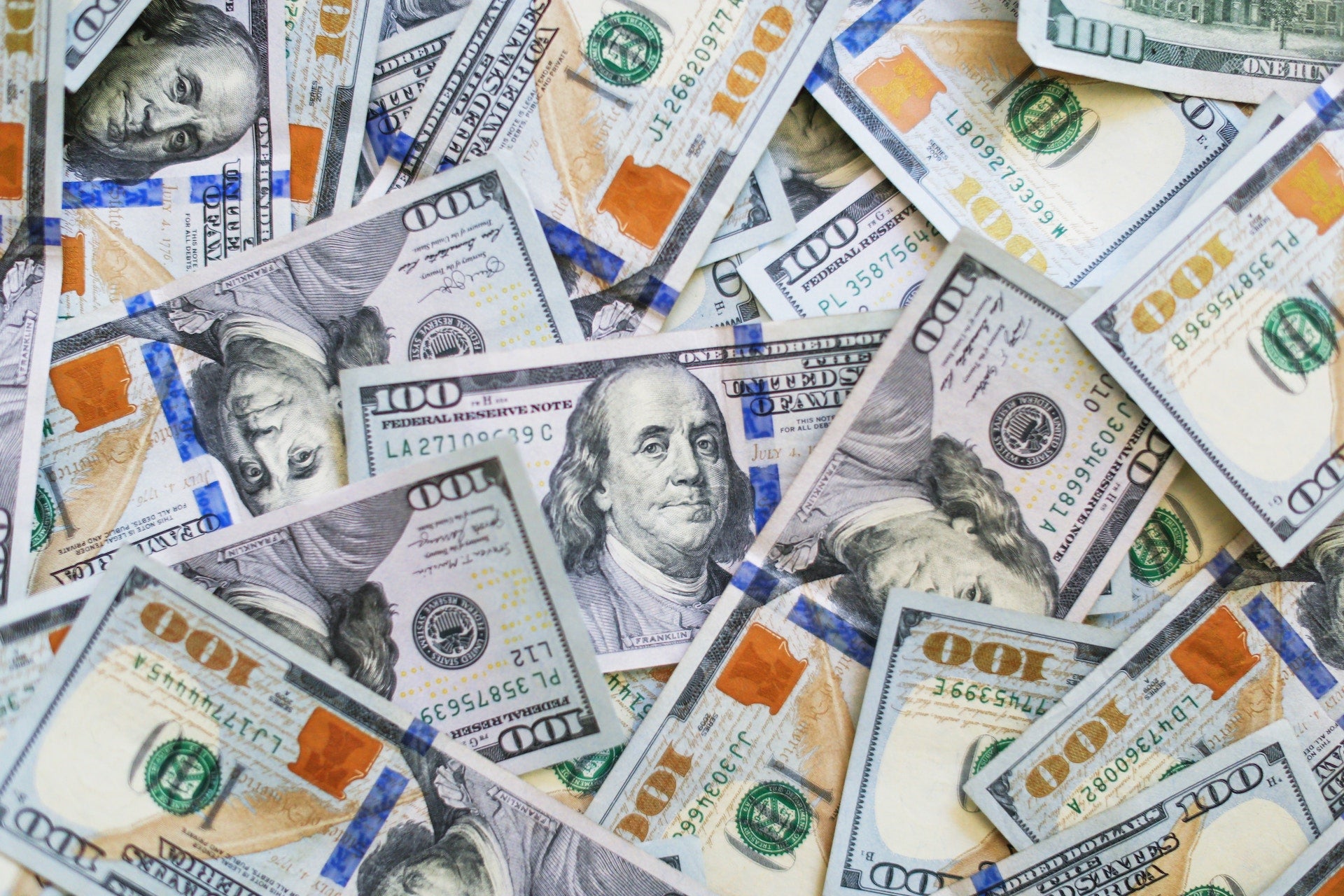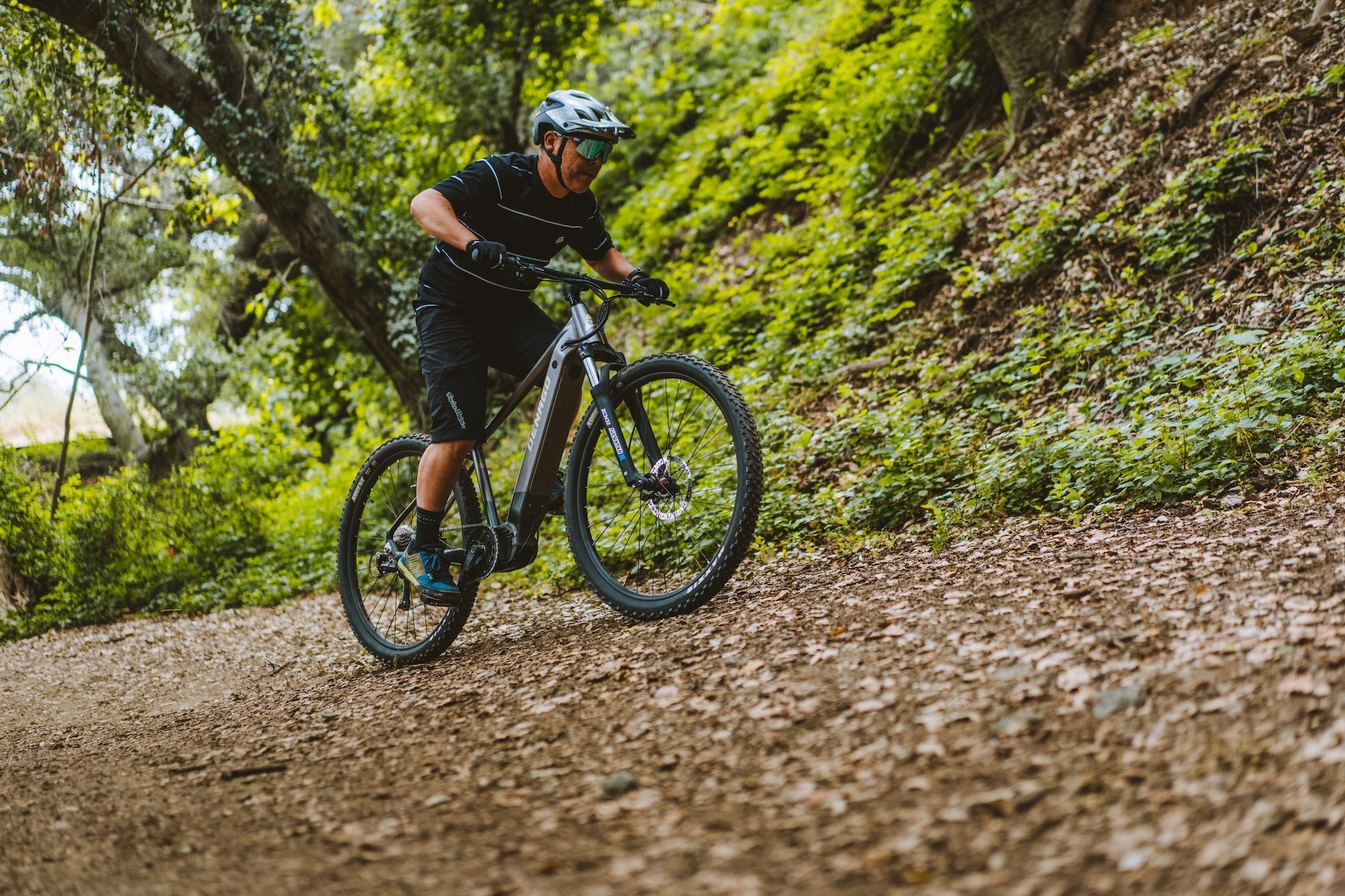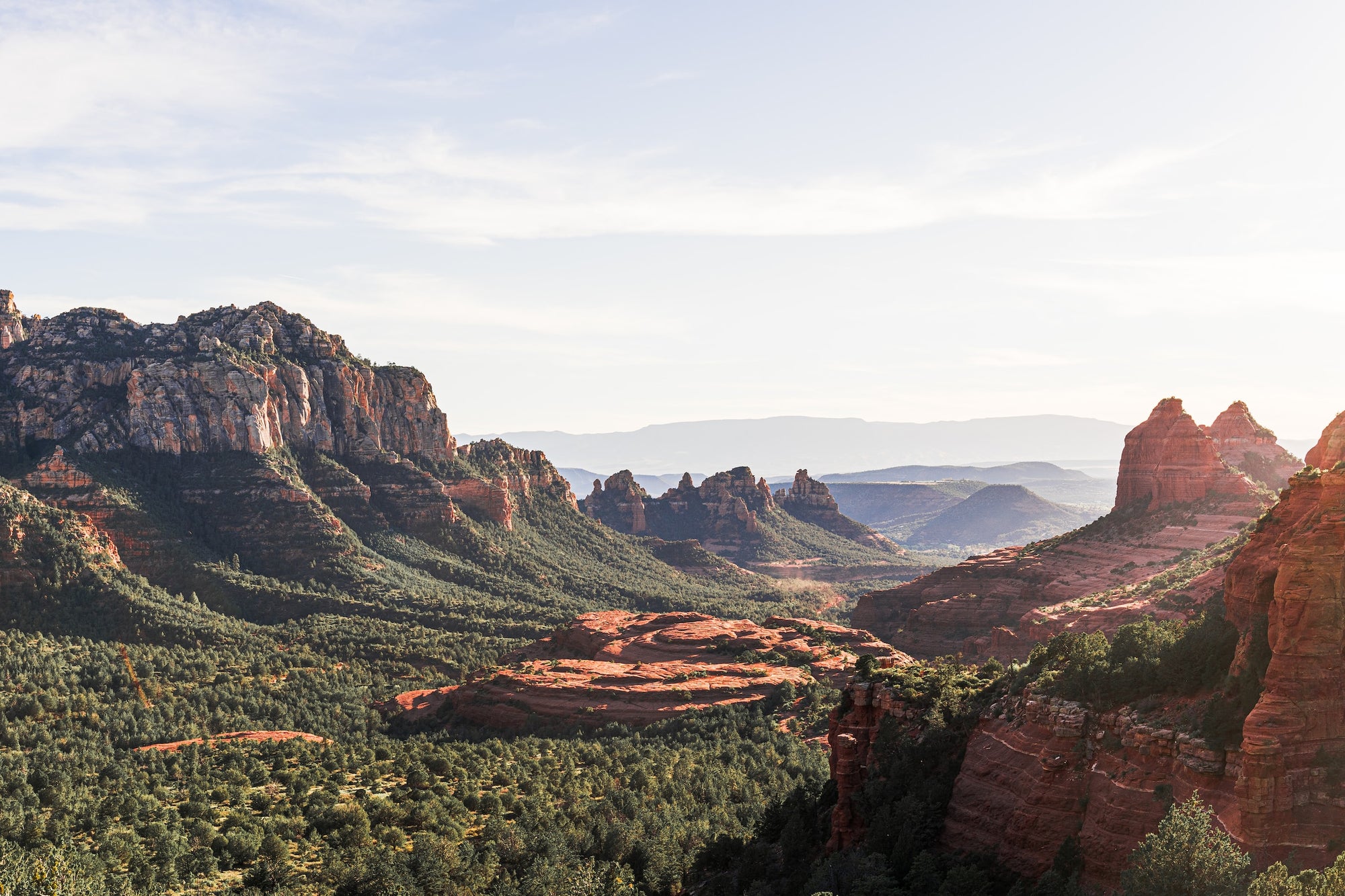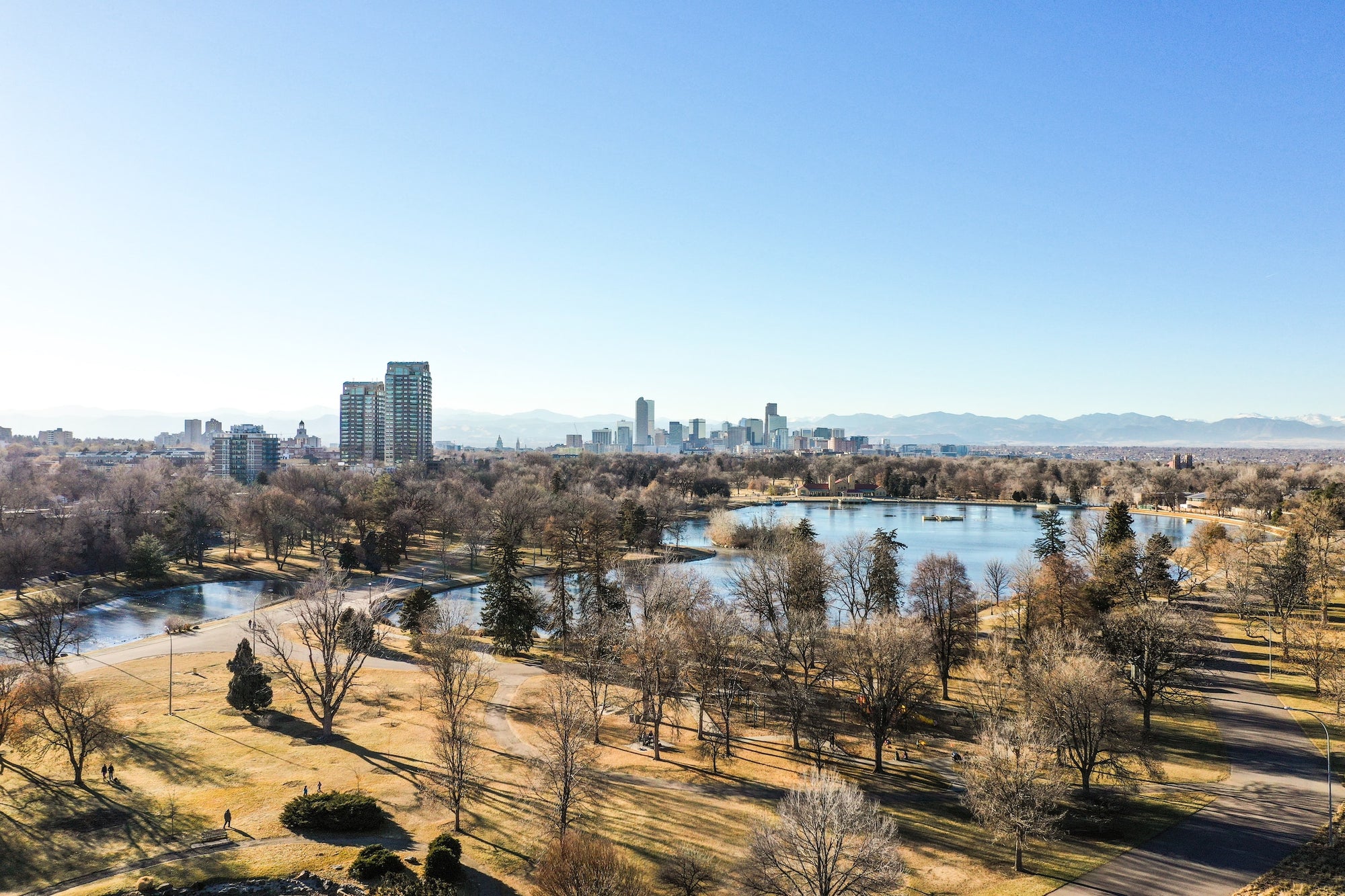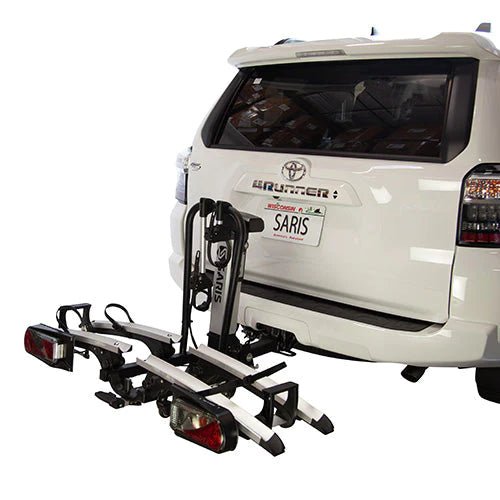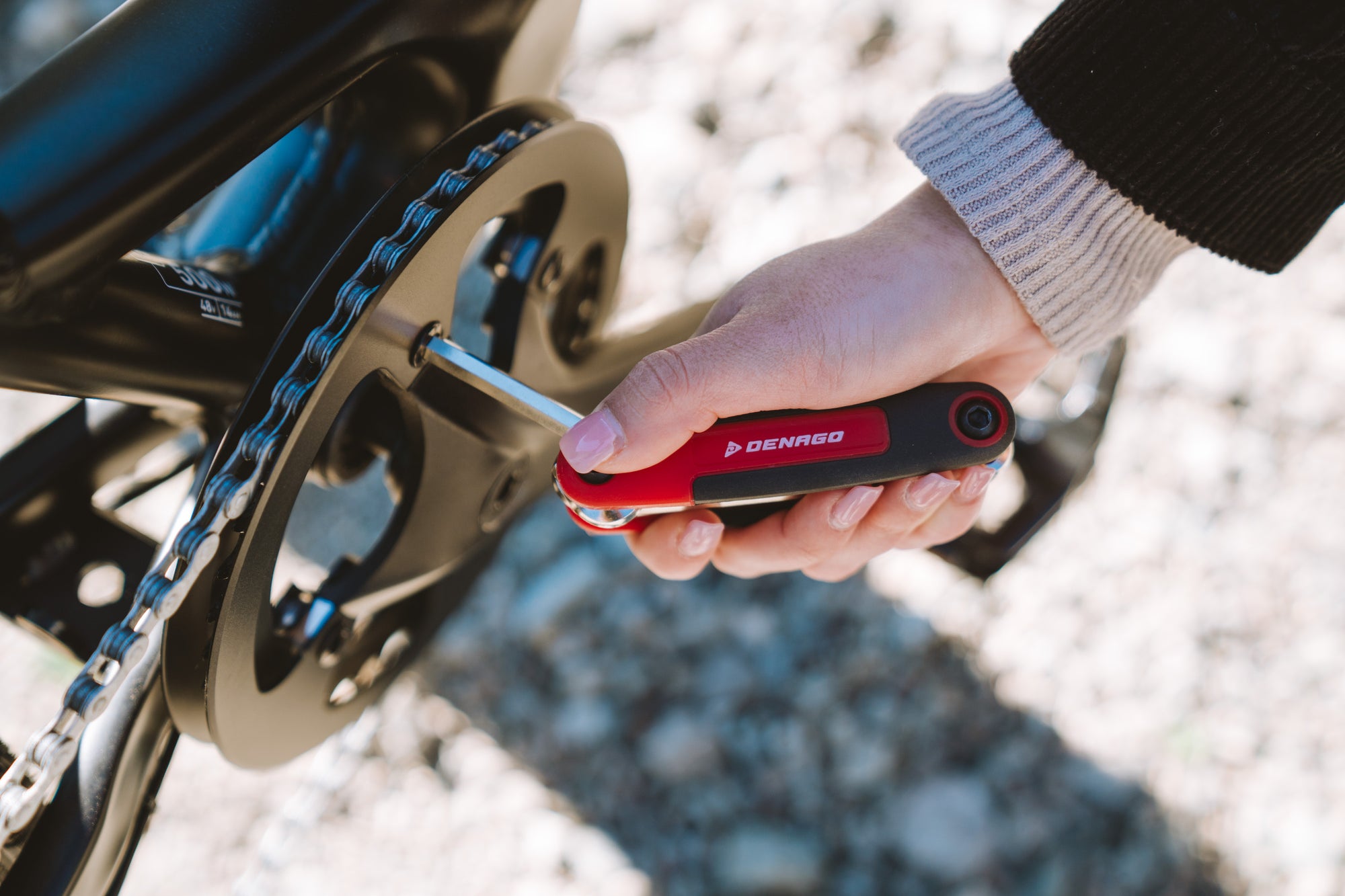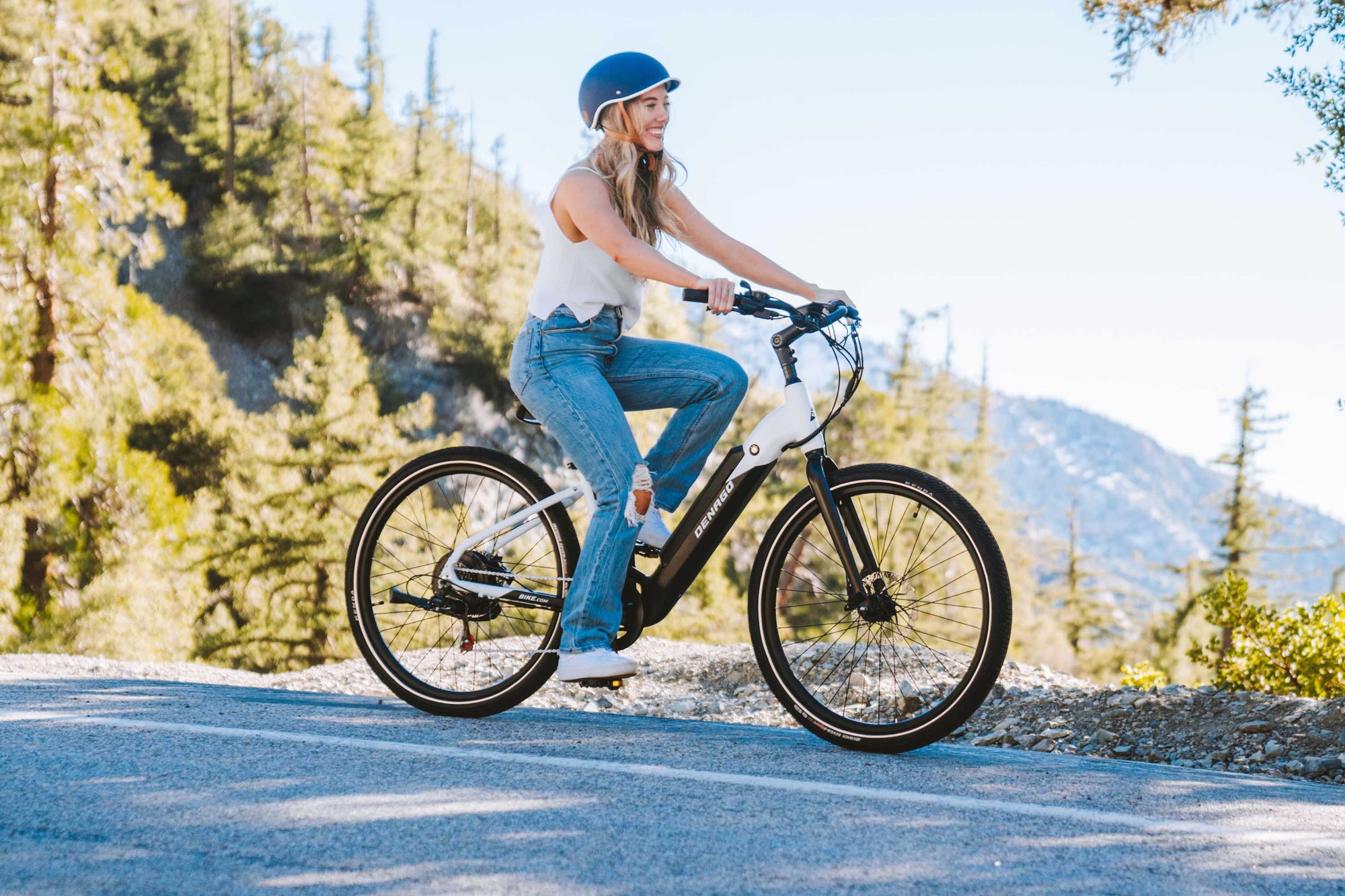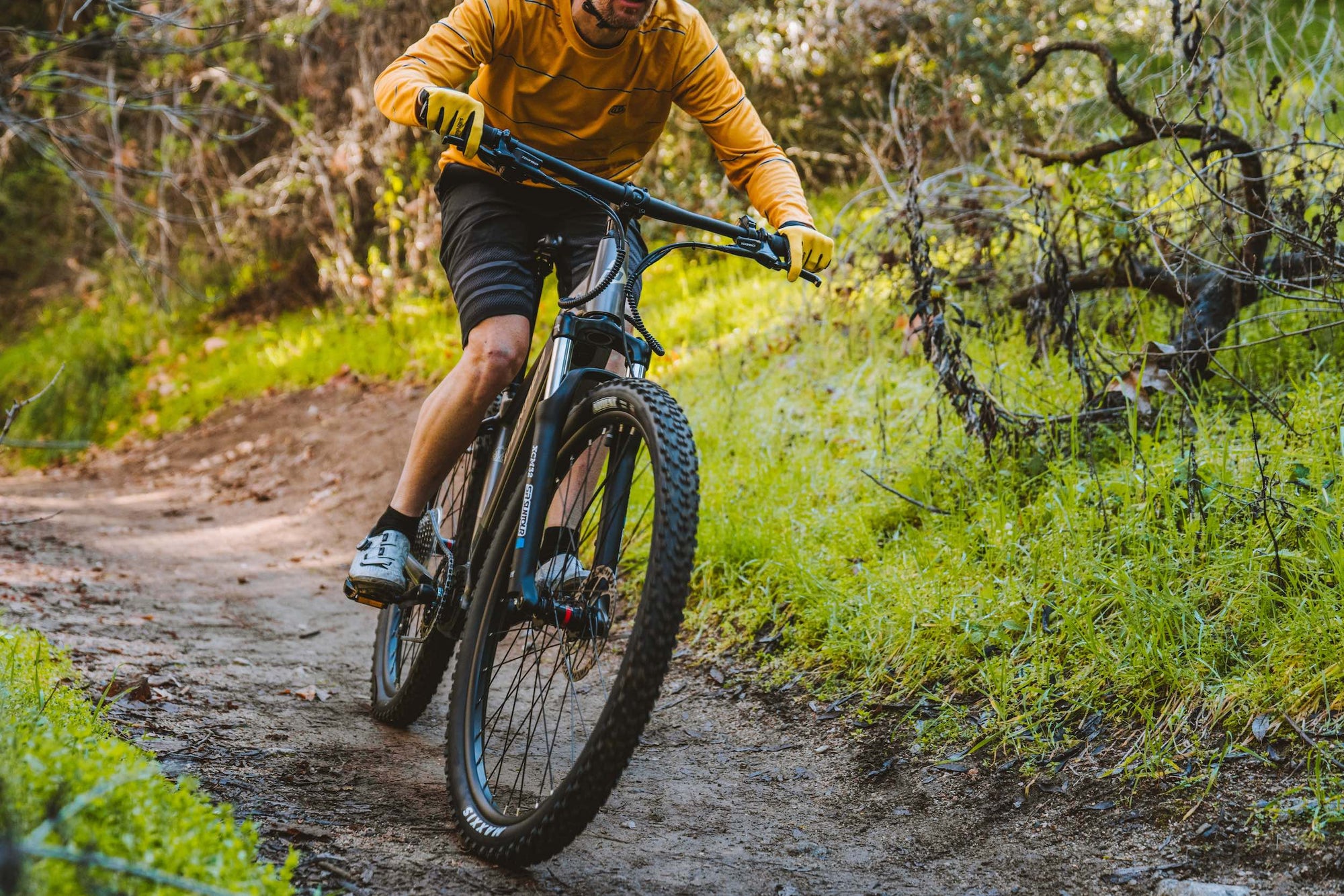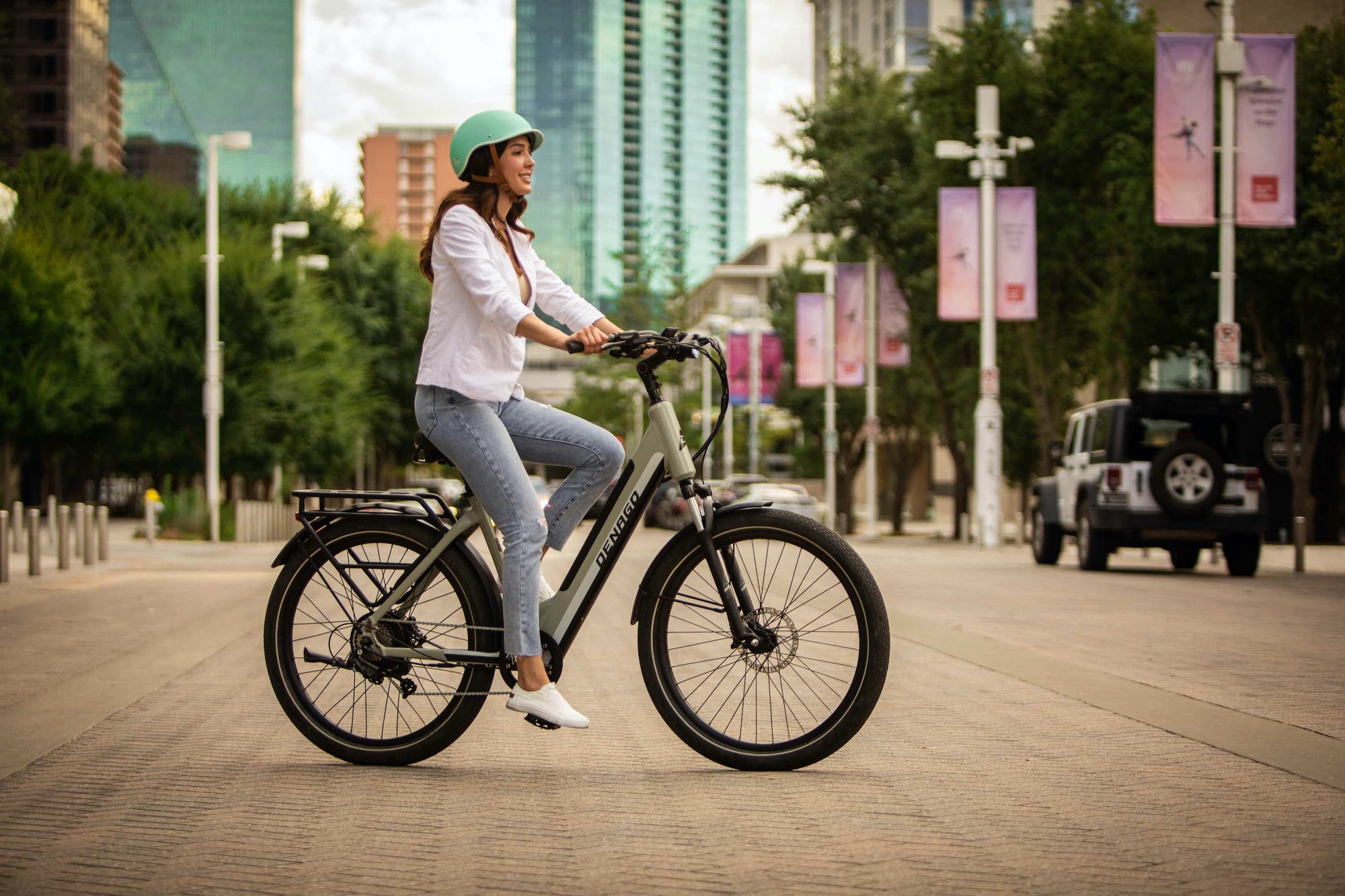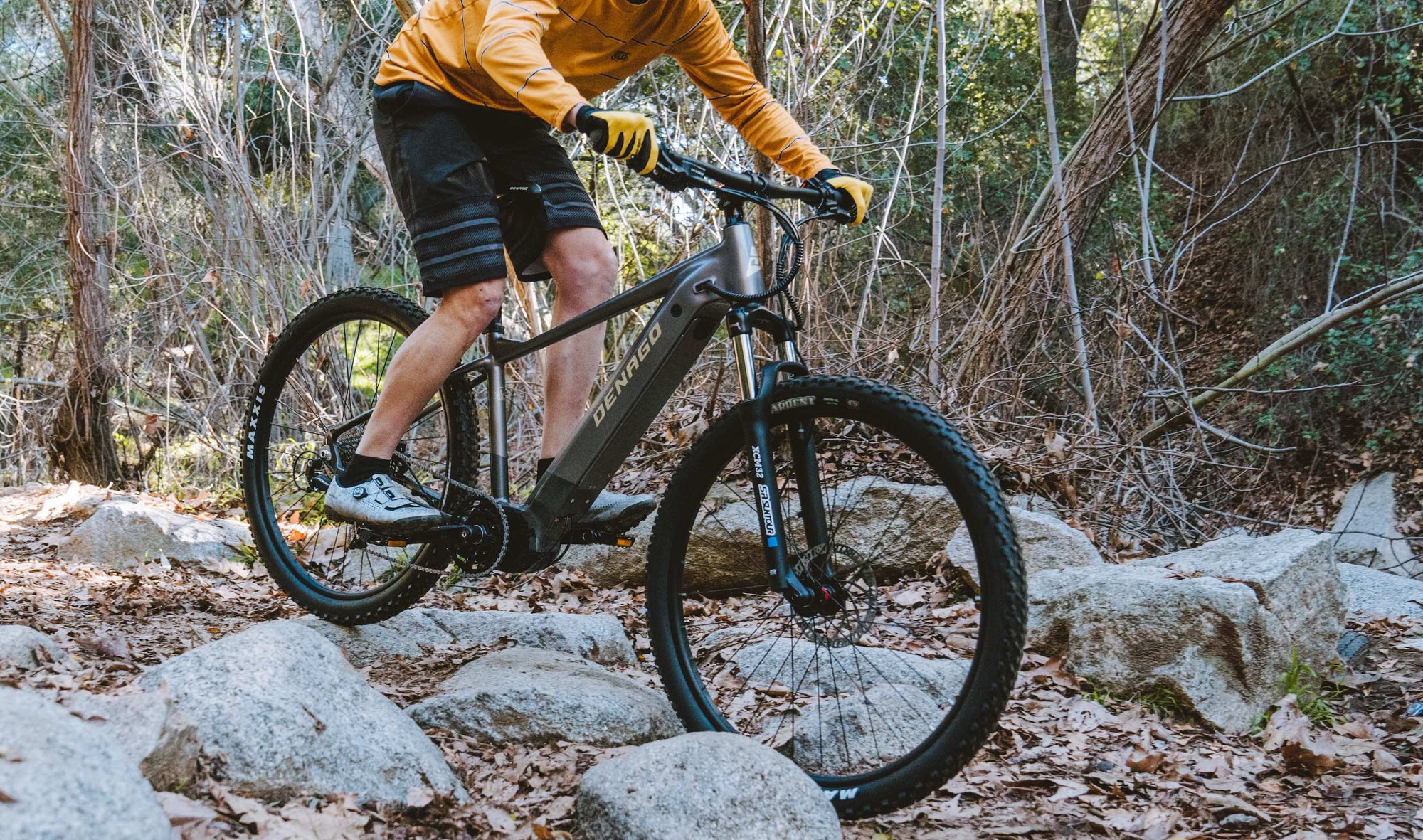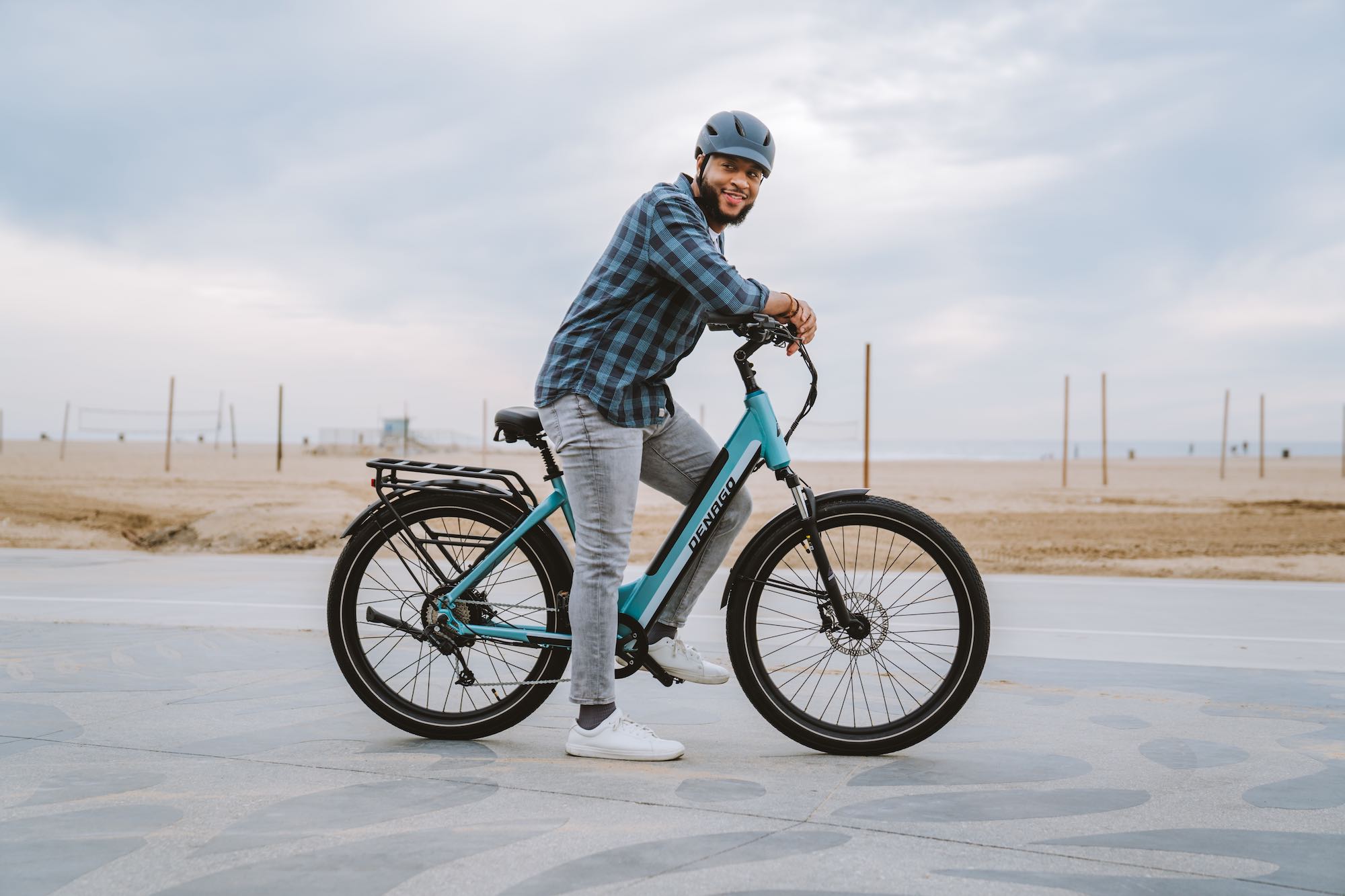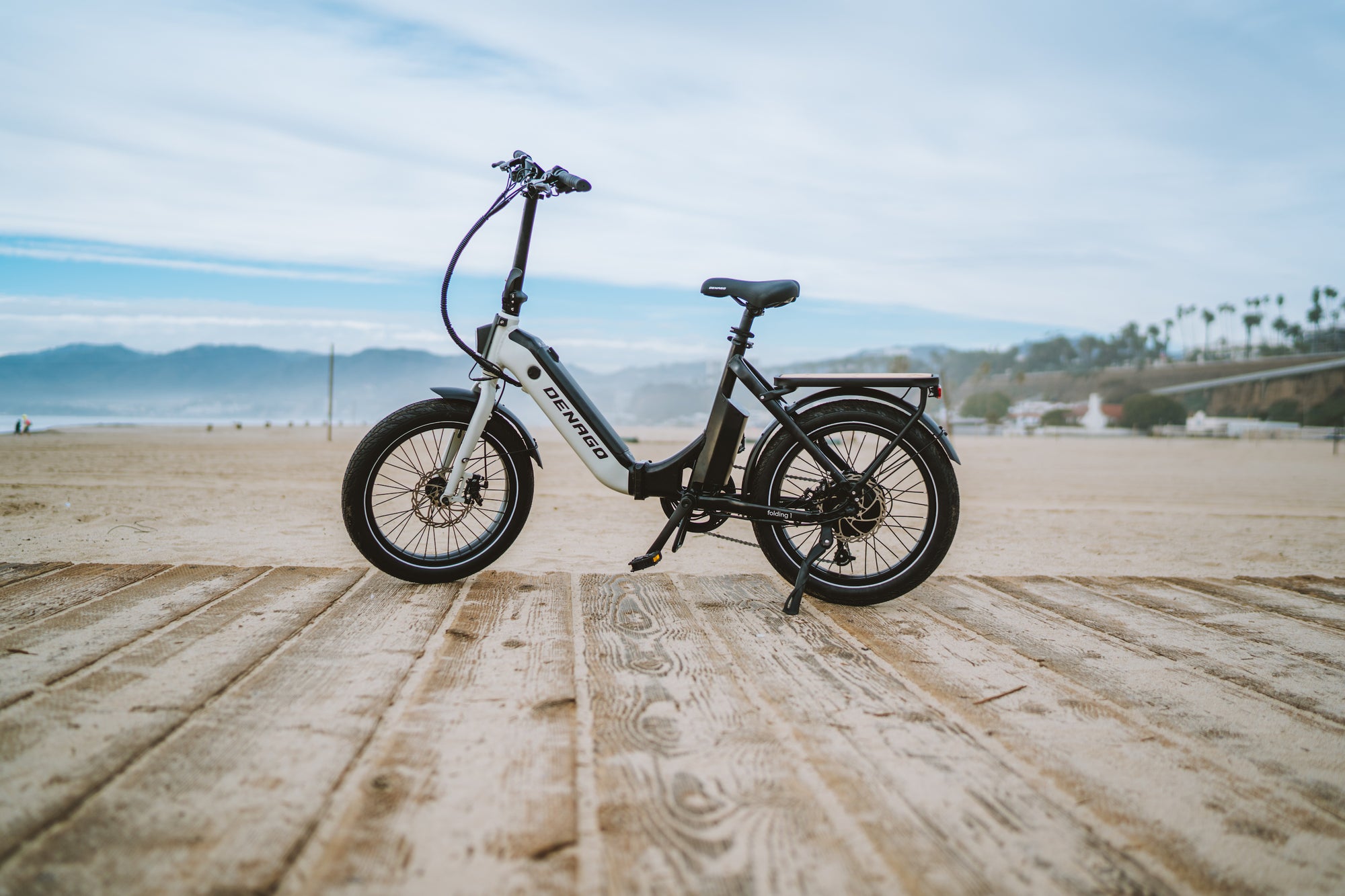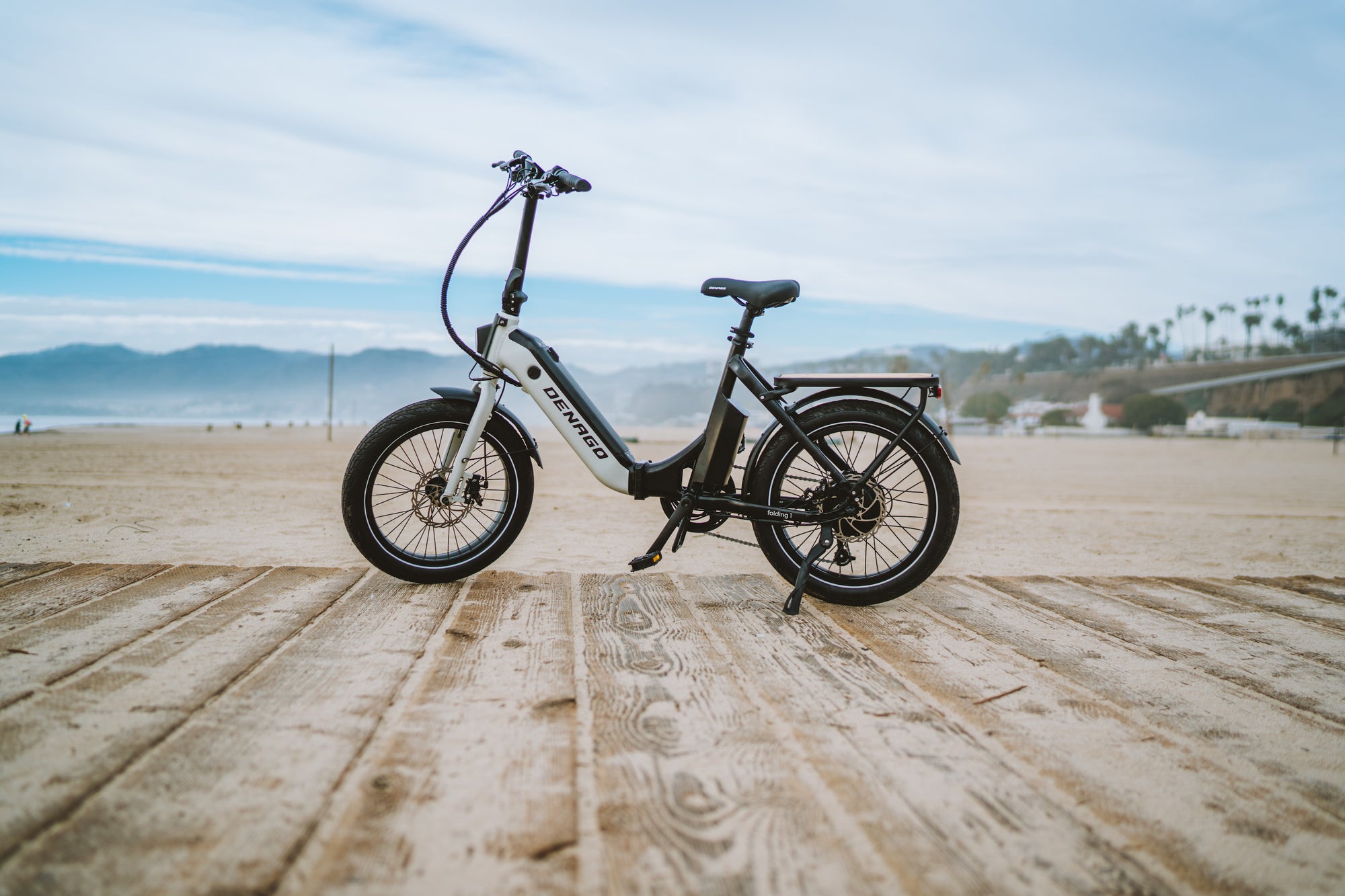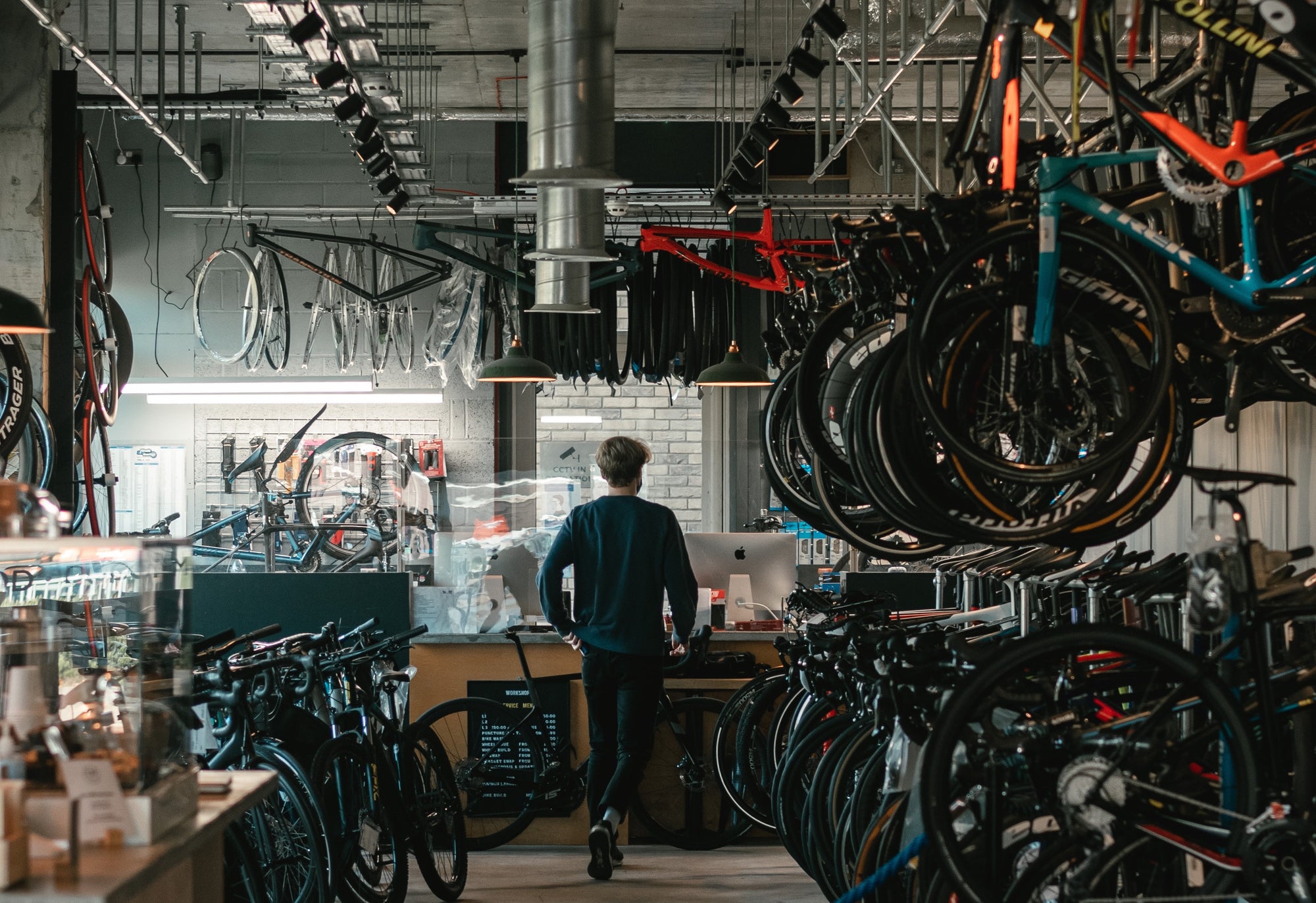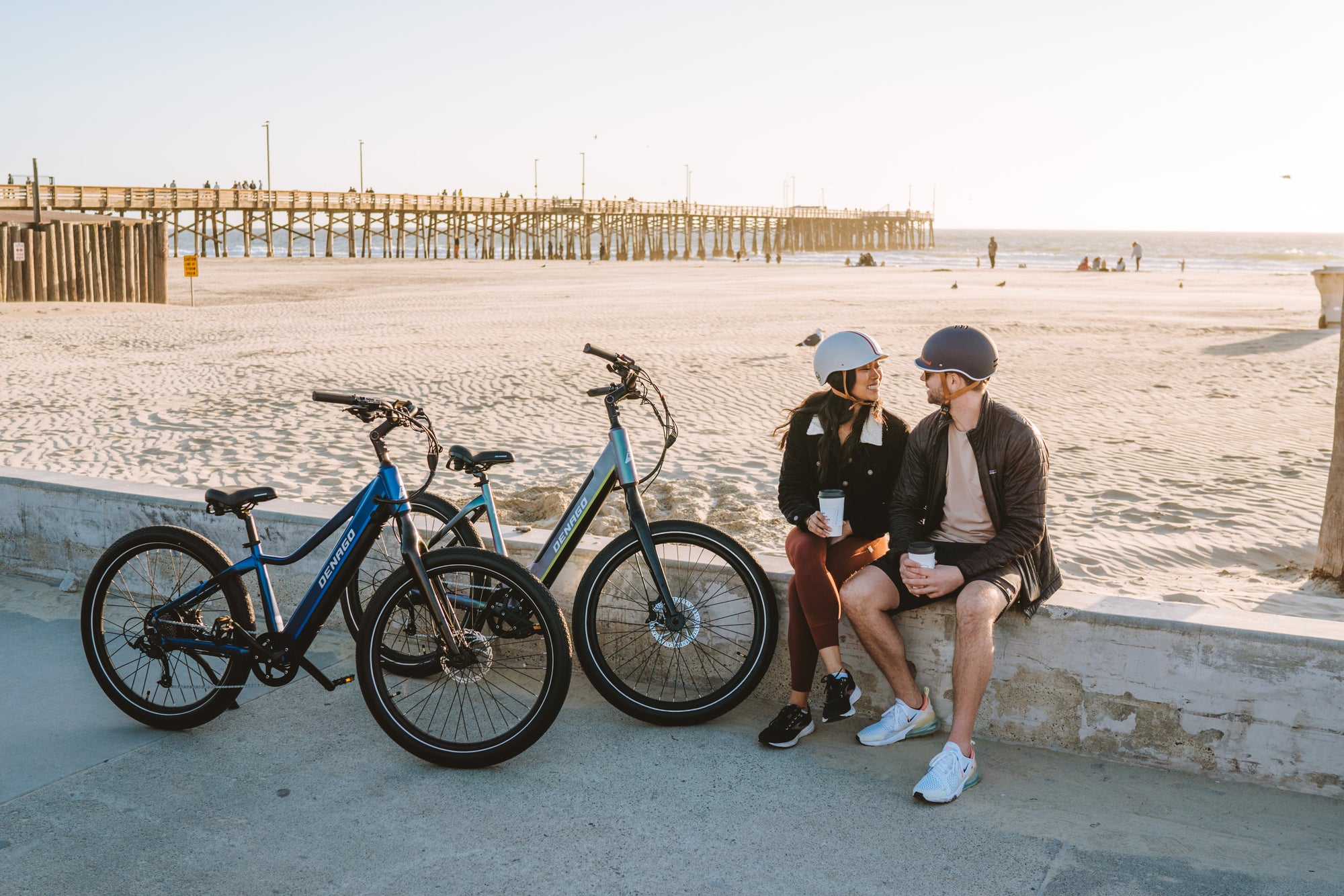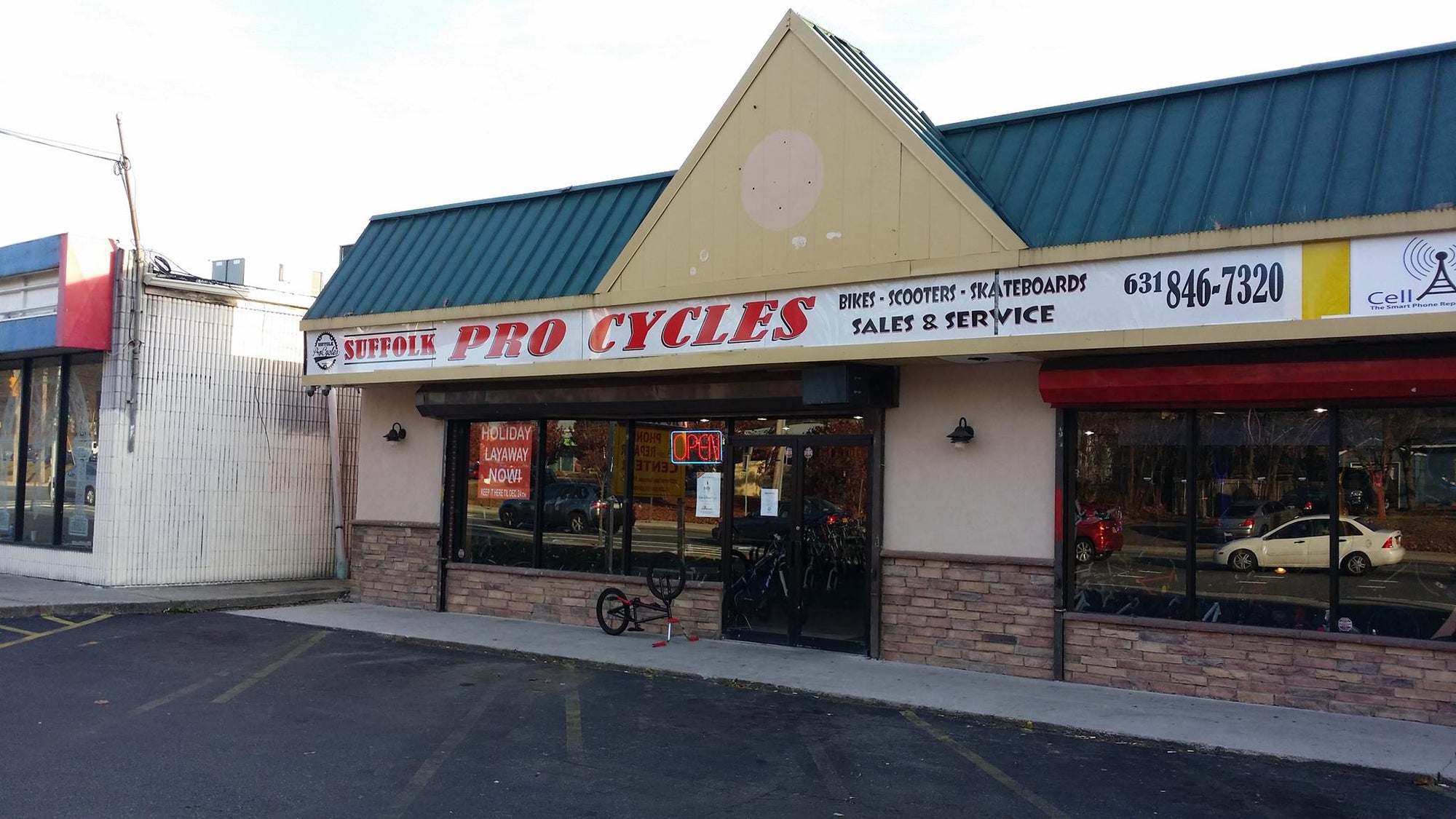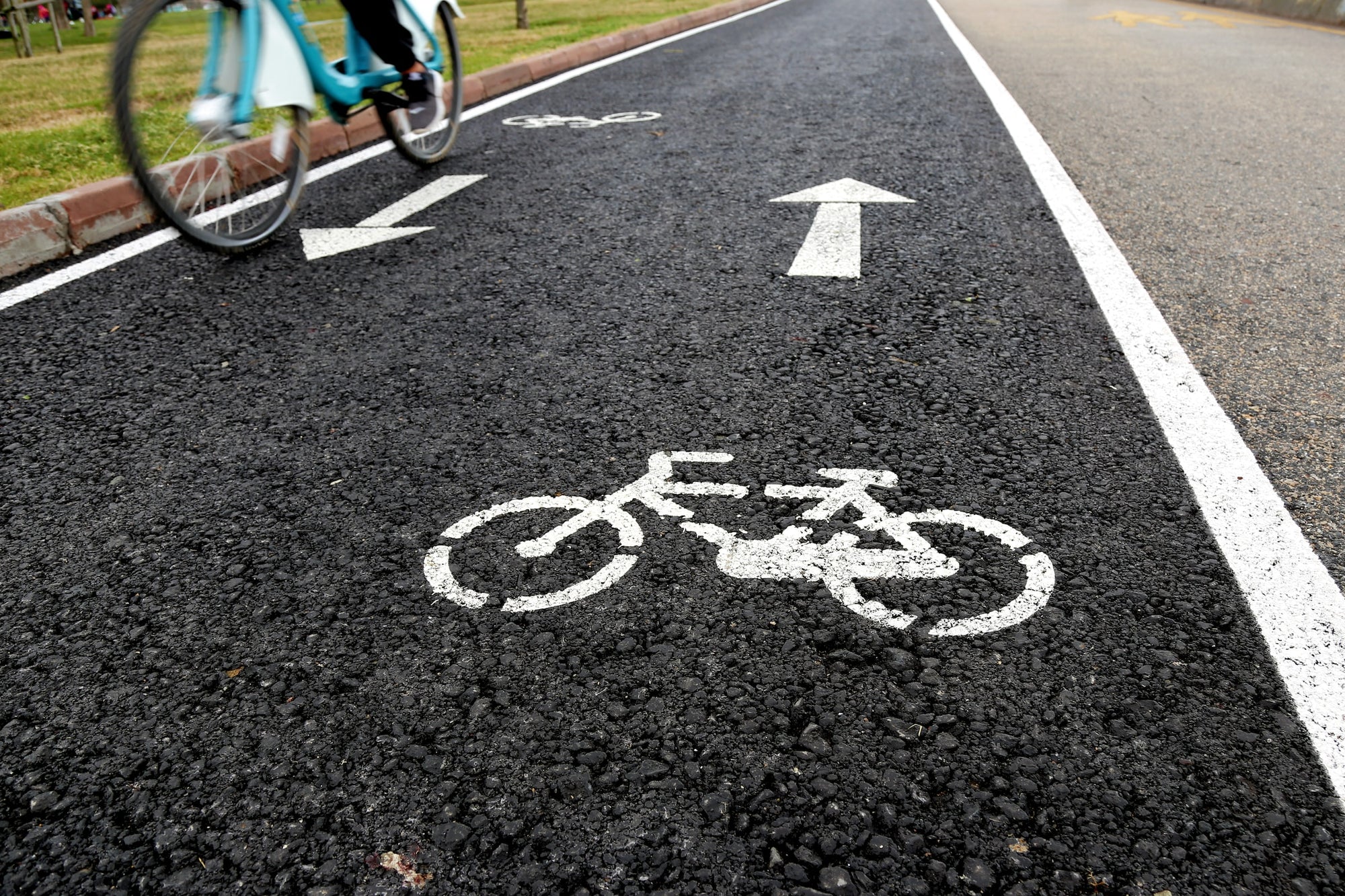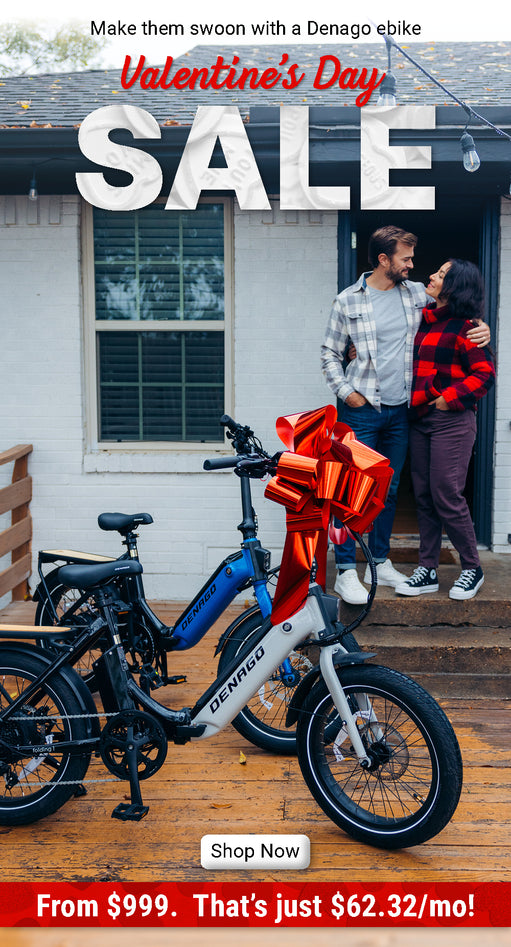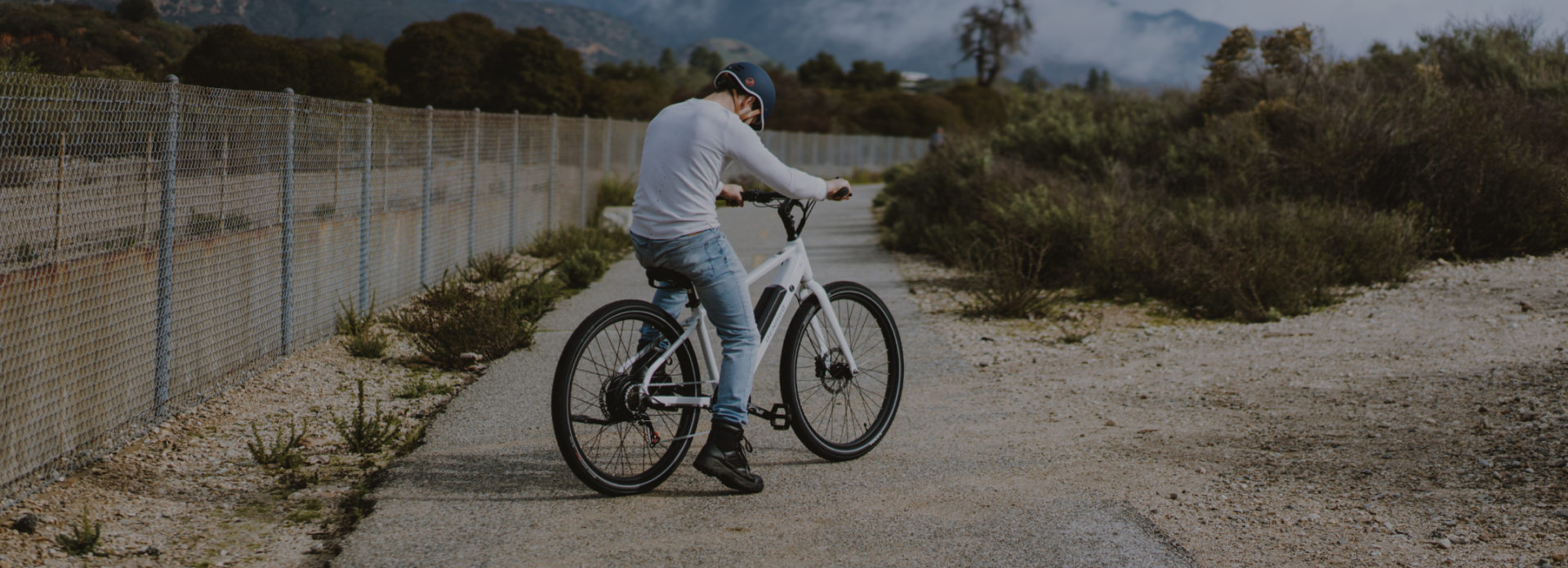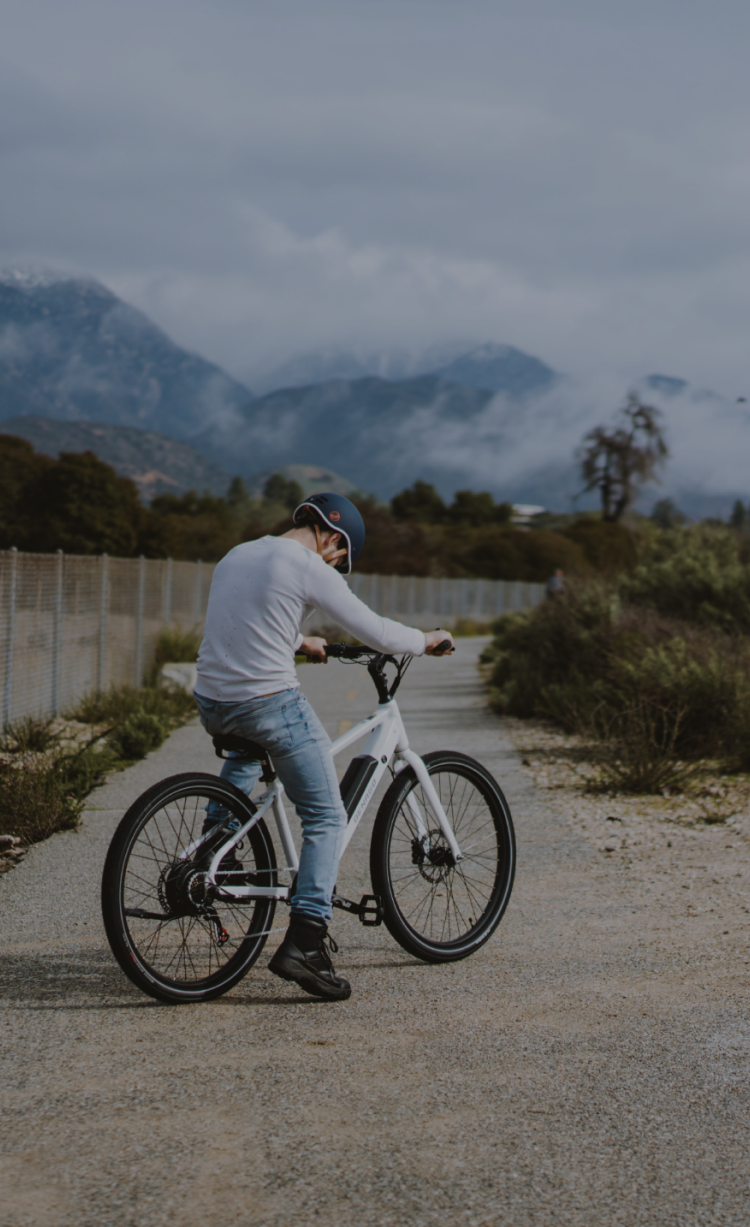A small change - tire pressure - can have a huge impact on the way your eBike handles and feels on the road or trail. Proper tire pressure also prevents damage and reduces the amount of ongoing maintenance needed on your eBike.
But what is the "right" tire pressure? There is no magic number that works for everyone, because the best tire pressure varies based your weight, riding style, and the road surface. Here's what to know about tire pressure, and some tips for finding the best tire pressure for your eBike.
Inflate your tires to the recommended range to start
You should use eBike-rated tires, specifically designed for the higher speeds of electric bikes. Better makes and models already come with eBike-rated tires installed; if you're shopping for replacement tires, make sure to select the eBike-rated style.
You'll find the recommended tire pressure printed on the tire sidewall. It might be written as a range, like "30-50 PSI" or a maximum, like "60 PSI max." The middle of the published range is a good starting point. Then, experiment based on your weight and riding style, and the places you plan to ride.
When tire pressure is too low, risk of of a puncture (flat tire) or other damage can increase
You've probably ridden a bike with a flat tire, perhaps out of necessity at some point. Remember the feeling as the tire folds over on itself and wanders all over the road? Traction comes and goes as the tire slips and grabs repeatedly. It's hard to hold your line during a corner.
That's similar to the feeling you get when you ride a tire that is under-inflated. You may also notice increased drag and rolling resistance. On an eBike, that makes the motor work harder, which reduces battery life and range.
The tire also protects the rim from damage (think hitting a square-edge curb.) When a tire is under-inflated, it's easier to ding or bend the rim, which can be an expensive repair. Keep enough air in your tires to stop them from bottoming out when you go over obstacles.
Under-inflated tires also expose you to pinch flats - sometimes called "snakebite" flats. These occur when the inner tube gets pinched between the rim and an obstacle, like a pothole you hit at speed. Snakebite flats get their name because the puncture marks on the inner tube can look like the fangs of a snake. It's easy to identify them because they look very different from the small, round holes created by thorns or a tack. If you're getting repeated snakebite flats, it's very likely you don't have enough tire pressure.
Too high tire pressure makes your eBike uncomfortable and corner poorly
At the opposite end of the spectrum, putting too much air in your tires makes your eBike less comfortable to ride and hurts handling, especially when cornering. The air in your tires is suspension! Just like a suspension fork, frame, or seatpost, tires move and absorb shock when you hit bumps or a rough road.
When tires are over-inflated, they can't do that job, and that means more road shock hitting your arms, neck, and lower back. Over-inflated tires lead to rider fatigue on long rides.
Tires are constantly deforming and changing shape as you roll down the road. When you go around a corner, the tire needs to maintain grip. This is especially challenging on loose surfaces. An over-inflated tire can't deform enough to keep the tread in contact with the road or trail, which may reduce traction.
It's even possible to blow a tire off the rim if you dramatically over-inflate it. That can be a very loud reminder not to over-inflate! This is a good reason to avoid gas stations for inflating your bicycle tires, except in emergency. If you must use one, go very slowly and check the PSI frequently.
Heavier riders need more air pressure, lighter riders can get away with less
All riders aren't created equal. The tire pressure required for a bigger, heavier, more aggressive rider will be way too much for a lightweight, cautious rider. That means tire pressure needs to vary based on your own weight (and don't forget to account for gear you're carrying, like a lock or groceries.)
If you're a big, heavy rider carrying a load, you'll likely end up at the higher end of the recommended pressure range. Similarly, small, lightweight riders may wish to experiment at the lower end of the recommended pressure range to enjoy a more comfortable ride.
Wider tires have more air volume, so pressures can be lower; narrower tires have less air volume, so pressures must be higher
The width of the tires you're riding greatly affects the required pressure. The wider the tire is, the more air volume it has, and air volume acts as suspension. The narrowest tires - think racing tires used in the Tour de France - commonly have 90 PSI, or more. At the other end of the spectrum, the 4" wide tires used on bikes like the Denago Fat Tire might sometimes be ridden with tire pressures less than 20 PSI!
The Denago eXC2 mountain bike shown in the photo with this article uses a 29 x 2.4" Maxxis tire - pretty typical width for modern mountain bikes. On that type of tire, pressure in the 20's are common for most riders.
All tires lose air over time - but this doesn't mean you have a puncture
If you're ever set aside a bike in storage and then returned later to find the tires flat, you may have assumed that they are punctured and require repair. But all tires lose air over time, because they air molecules are so small they can actually pass right through the rubber inner tube!
That's why you need to top-up your tire pressure every few rides, even when there is no hole in the inner tube. Every eBike rider should own a floor pump with a built-in pressure gauge, and keep it in the garage for this purpose.
Ride the bike with different tire pressures to see how it feels
Professional cyclists who spend thousands of hours in the saddle can easily detect small changes in tire pressure based on the way the bike feels, but you don't need to be an expert to feel big changes. Try inflating your tires to the minimum, then go for a quick test ride. Return, then set the tires to the maximum pressure, and ride the same route. You'll observe that your eBike feels very different!
It will take some trial and error to find your best tire pressure. Don't be afraid to experiment! Go up or down 5 PSI and note how the change affects your eBike. After a few rides, you'll have a much better idea of the perfect tire pressure for you!



